Subaru Legacy 2.5 GT (2009-12)

Though the latest Subaru Legacy loses some of its’ predecessors charm, sporty sleekness and charismatic touches like frame-less windows, it however gains better space and practicality. However, what remains constant is its great reliability, build quality, engineering, value and understated sleeper car respectability. In GT iteration, the Legacy is no less than a dad racing beast with the drive-train of a rally-bred Impreza WRX STI, which with a boxer engine and symmetrical all-wheel-drive – refined and evolved since 1972 – features a low centre of gravity and great traction, grip and road-holding. The GT’s charismatically burbling turbo-charged boxer four-pot serves 285HP and 258lb/ft, for a 6.2-second bolt to 100km/h and a maximum 245km/h.
Engine: 2.5-liter turbo-charged flat-4; Power 285HP@6000rpm; Torque: 258lb/ft@2000-5600rpm; 0-100km/h: 6.2-seconds; Top Speed: 245km/h; Length: 4730mm; Width: 1780mm; Height: 1505mm; Wheelbase: 2750mm; Weight: 1480kg (kerb)
Ford S-Max 2.5T (2006-2010)

Replaced by a more efficient and smaller 2-liter four-cylinder EcoBoost engine, the former range-topping S-Max’ 2.5-liter five-cylinder turbo, sourced from the Ford Focus ST and Volvo is the more thrilling option, and features a distinctive warble, manual gearbox option, more power and better performance. A used 2010 S-Max 2.5T delivers creamy and ever present torque peaking at 236lb/ft throughout 1500-4800rpm and 220HP at 5000rpm, and a 7.4-second 100km/h sprint – over a second quicker than its successor. Swift for a 7-seat people carrier, the S-Max’ greatest trick is its handling, which resembles the sublime Focus ST hot hatch in precision, feedback and feel for the road and car’s limits. Firm but supple enough to be comfortable, the S-Max is the most rewarding, fluid, intuitive and fun MPV, and with its muscle, sporty driving position and refined proportions, funky alloy wheels and sharp styling, is the best consolation for petrol-head dads forced out of sportier and more exotic motors.
Engine: 2.5-liter turbo-charged 5-cylinders; Power 220HP@5000rpm; Torque: 236lb/ft@1500-4800rpm; 0-100km/h: 7.4-seconds; Top speed: 230km/h; Length: 4768mm; Width: 1884mm; Height: 1658mm; Wheelbase: 2850; Weight: approximately 1775kg (kerb)
Lincoln LS (2002-2006)

Elegant, tasteful, conservative and discrete, but with an understated sporty air, the Lincoln LS has a low-key mid-2000s American prestige style, but under the skin, is a Jaguar S-Type, and now a great value sleeper car for money-wise dads. Mixing good leathers and design with some shiny wood and plastic, the conservative LS is however among the best handling machines here, with thoroughbred European Executive saloon DNA making it a great high speed cruiser with a supple ride as well as a sharp, balanced and corner carving handler. Under the hood, a 4-liter Jaguar V8 delivers 284HP and 286lb/ft for swift and fluid delivery, and a.5-second 0-100km/h sprint.
Engine: 4-liter V8; Power 284HP@6000rpm; Torque: 286lb/ft@4000rpm; 0-100km/h: 6.5-seconds; Length: 4938mm; Width: 1859mm; Height: 1433mm; Wheelbase: 2908mm; Weight: 1711kg (kerb)
Mazda 6 MPS (2004-2007)
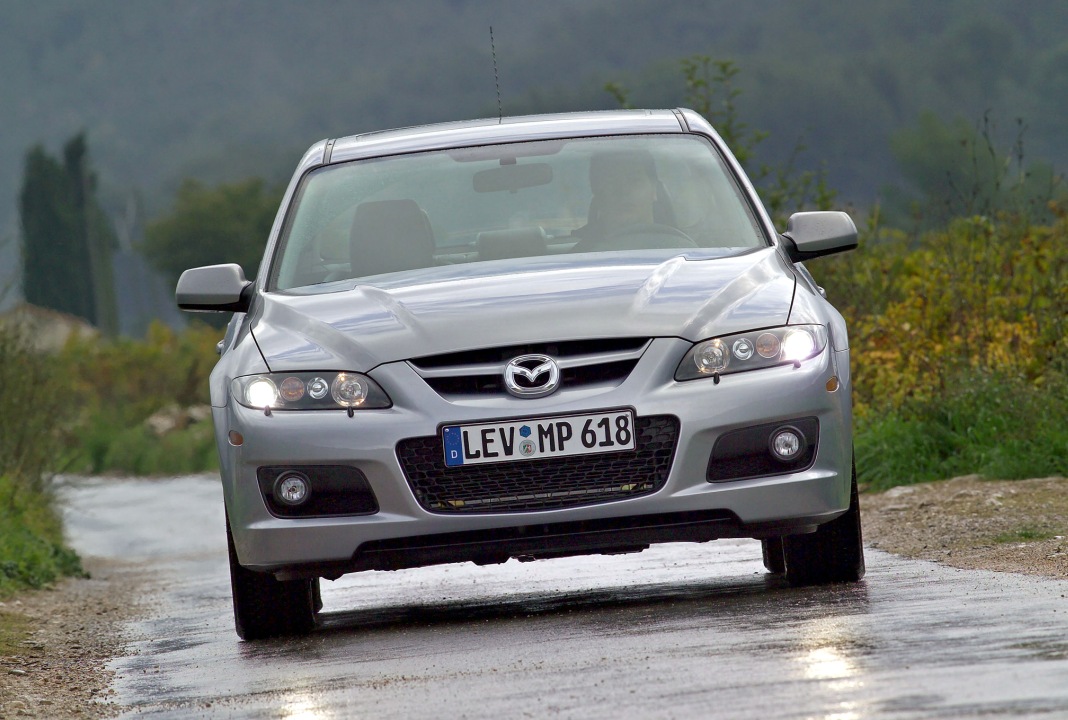
Caught out between a BMW 3-Series and rally-derived road thugs Subaru STI and Mitsubishi Evo, the understated Mazda 6 MPS had a short production run, but with performance, discretion and practicality, makes a brilliant second-hand dad racer. A true Q-car, the MPS avoids the bulging and brutish bodywork of the STI and Evo, and is barely distinguishable from a base Mazda 6, but underneath boasts a 50% stiffer frame, 25% stiffer suspension, greater grip, stability and feedback, and a turbo-charged 2.3-liter direct injection engine pumping 256HP at 5500rpm and 280lb/ft at 3000rpm. With excellent mid-range thrust and flexibility for daily driving, the MPS also delivers 250km/h and a 6.6-second 100km/h, which is even quicker with electronic aids off. A reactive four-wheel-drive system that sends power to the rear as needed channels this power, while a limited-slip rear-differential also helps to effectively put power on tarmac.
Engine: 2.3-liter turbo-charged 4-cylinders; Power 260HP@6000rpm; Torque: 280lb/ft@3000rpm; 0-100km/h: 6.6-seconds; Top speed: 250km/h; Length: 4740mm; Width: 1780mm; Height: 1430mm; Wheelbase: 2675mm; Weight: 1665kg (kerb)
Ford Taurus SHO (2010-12)
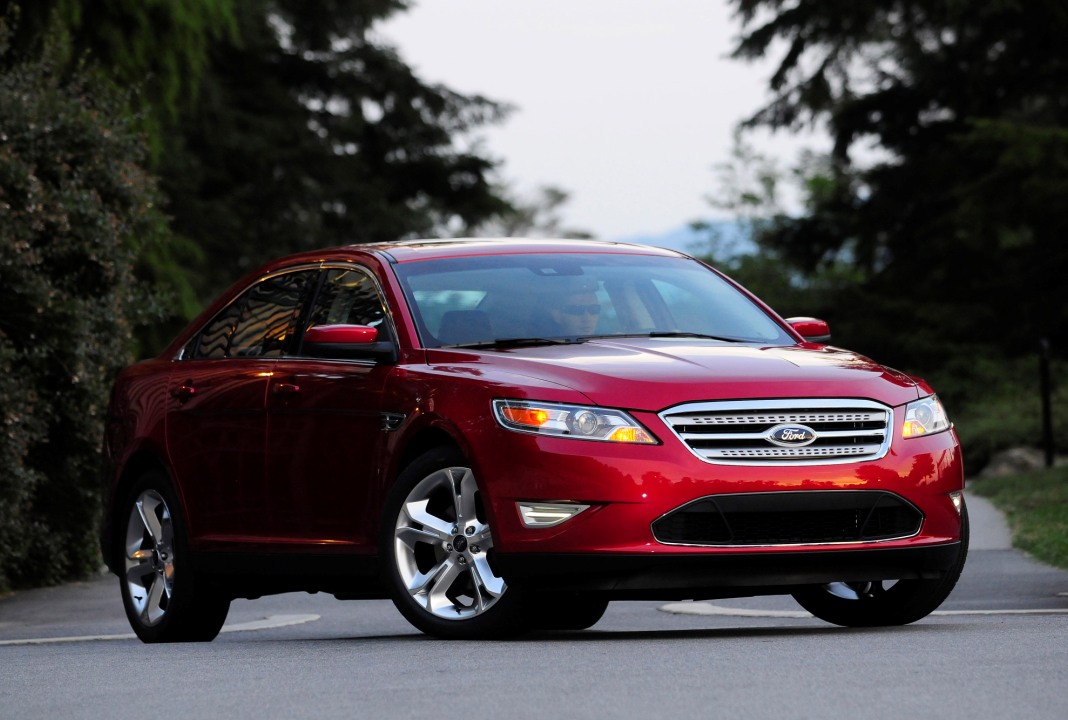
From one of the greatest dad racer makers, the huge Ford Taurus SHO is a vast, spacious, and comfortable family saloon with a pleasant interior and a muscular high-walled design. Unlike the sportier handling rear-drive Australian Ford Falcon, the front-drive derived 4×4 Taurus mixes elements of bling like its’ 20-inch wheels with D-segment discretion popular in the US and Middle East. Featuring Ford’s brilliant new 3.5-liter twin-turbo EcoBoost V6, the SHO offers brawny V8 performance with V6 fuel consumption. With a mighty 370HP at 5500rpm and 350lb/ft at 3500rpm, the SHO delivers immense mid-range muscle, and combined with all-drive traction, races to 97km/h in a super-car rivaling 5.2-seconds.
Engine: 3.5-liter twin-turbo V6; Power 370HP@5500rpm; Torque: 350lb/ft@3500rpm; 0-97km/h: 5.2-seconds; Length: 5154mm; Width: 1935mm; Height: 1542mm; Wheelbase: 2868mm; Weight: 1981 (kerb)
Volvo S80 4.4 V8 (2007-09)

Having shaken off its past square, dowdy and boring but safe image in recent years, Volvo is probably the most middle-class car around, and its’ safety and practicality credentials are now complemented by an up-market and unostentatious prestige. The range-topping S80 saloon is the least dramatically-styled of Volvos, but is a handsome and elegantly sleek but discrete and understated luxury executive saloon, with a spacious, ergonomic and high quality interior. Without the swagger and of nouveau riche competitors, the S80 is an ideal low key dad racer and sleeper car in top iterations including Volvo’s mighty, seamless, smooth and muscular turbo-charged in-line six-cylinder engine or its 4.4-liter V8, which is also used as the base engine for Noble’s viciously raw Noble M600 super car. The S80 V8 comes with four-wheel-drive for great traction, and with 315HP and 324lb/ft, delivers 100km/h in 7-seconds.
Engine: 4.4-liter V8; Power 315HP@5950rpm; Torque: 324lb/ft@3950rpm; 0-100km/h: 7-seconds; Top speed: 250km/h; Length: 4850mm; Width: 1860mm; Height: 1488mm; Wheelbase: 2836mm; Weight: 1742kg (kerb)
Chevrolet Caprice SS (2006+)
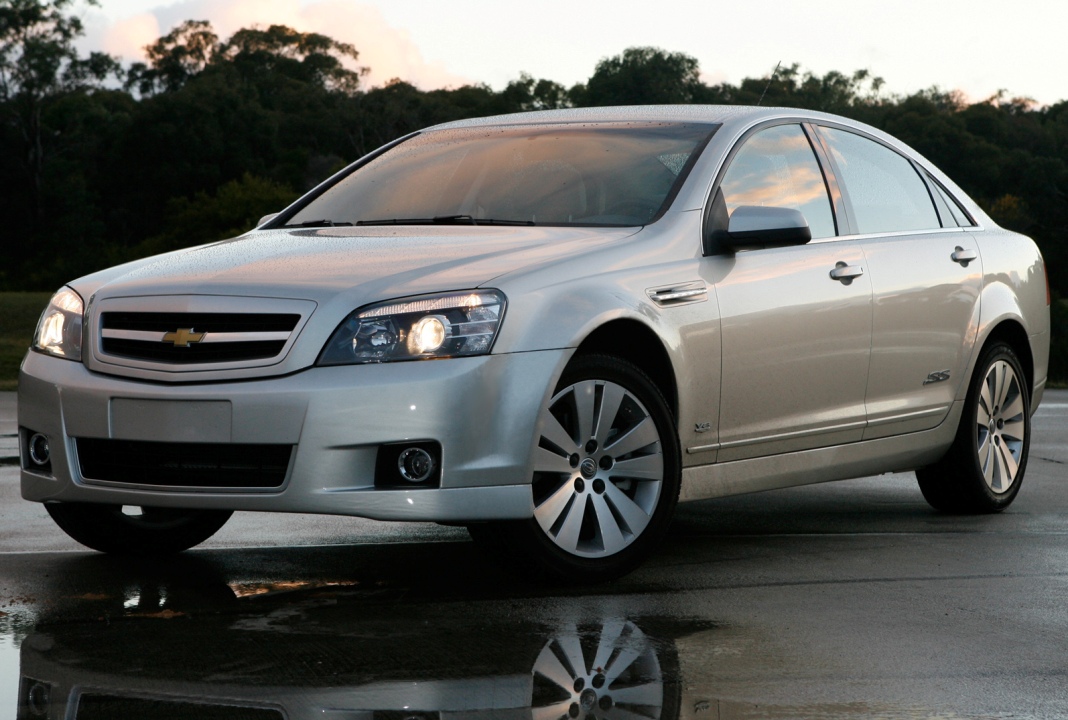
Picking up where the old boat-like Middle East family favorite Chevrolet Caprice Classic left in 1996, the modern region-specific Caprice is a re-badged Australian Holden Caprice. Unlike its body-on-frame namesake predecessor, the latest Caprice from down under boasts superb comfort and full luxury car space in addition to accomplished and engaging handling for a full size car. Described as “too good to waste” by former GM Vice Chairman Bob Lutz, to not introduce to the US, the Caprice will soon serve as a US police car. Huge space, rear drive handling and vast power are desirable attributes for both police and family duties, and with discrete and elegant styling, the 355HP and 384lb/ft Caprice is an understated and affordable alternative to expensive and complex Euro luxury cars.
Engine: 6-liter V8; Power 355HP@5700rpm; Torque: 384lb/ft@4400rpm; 0-100km/h: 6.6-seconds; Length: 5161mm; Width: 1899mm; Height: 1475mm; Wheelbase: 3009mm; Weight: 1873kg (kerb)
Opel Zafira OPC (2005-10)

A brilliantly packaged segment-bender the Opel Zafira OPC has it all for dads hankering after bygone boy-racer hot hatch days. A compact people carrier with flexible 7-seat capacity, elegantly modern, inconspicuous and subtly sporty styling, a four-cylinder 2-liter engine and Opel badge, the Zafira OPC easily slips under the missus’ sensible car radar. However, its brutal 240HP and 236lb/ft turbo-charged engine and firm ride can clash with its family car description. Basically, the Zafira OPC will handle better than most other MPVs, and is responsive, flexible and quick with 100km/h in 7.8 seconds, but it’s best to save the heroics for after dropping off the kids, as sports suspensions don’t mix well with car-sick prone children.
Engine: 2-liter turbo-charged 4-cylinders; Power 240HP@5600rpm; Torque: 236lb/ft@2400rpm; 0-100km/h: 7.8-seconds; Top speed: 231km/h; Length: 4503mm; Width: 1801mm; Height: 1625mm; Wheelbase: 2703mm; Weight: 1685kg (kerb)
Mercedes-Benz AMG R63 4matic (2007-10)
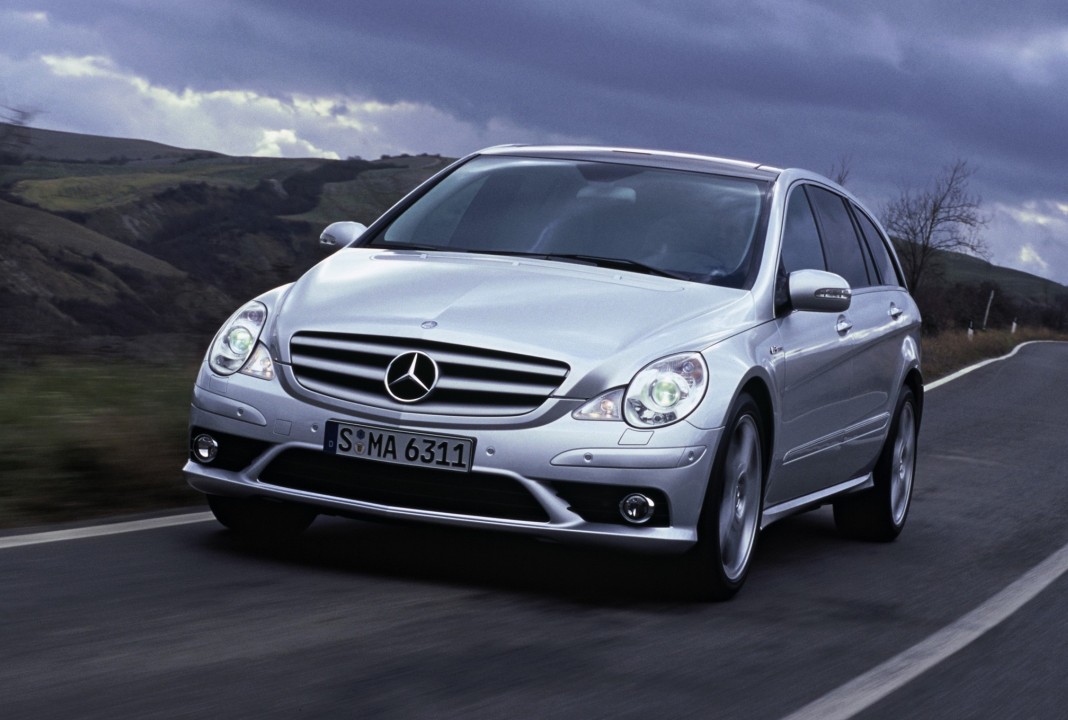
SUV, people carrier and estate rolled into one, the Mercedes R-Class is a product of Mercedes’ over-extending brand name and a difficult car to pigeonhole. Not a soaring sales success or popular style, the R-Class however wins one over in the flesh with distinctive bullet-train looks and is a perfect modern well-to-do dad-mobile. Offering four-wheel-drive traction, better than SUV handling, better than estate views and clearance and superior handling and high speed stability than a people carrier, the 6-seat R-Class even comes in AMG R63 guise goes as good as it looks, with beefier wheels, tailpipes and a subtly muscular bodykit. With 510HP and 465lb/ft the R63 is devilishly swift with 100km/h in 5-seconds and a restricted 250km/h maximum.
Engine: 6.2-liter V8; Power 510HP@6800rpm; Torque: 465lb/ft@5200rpm; 0-100km/h: 5-seconds; Top speed: 250km/h; Length: 4922mm; Width: 1922mm; Height: 1634mm; Wheelbase: 2980mm; Weight: 2330kg (kerb)
Volkswagen Passat R36 Variant (2007-10)
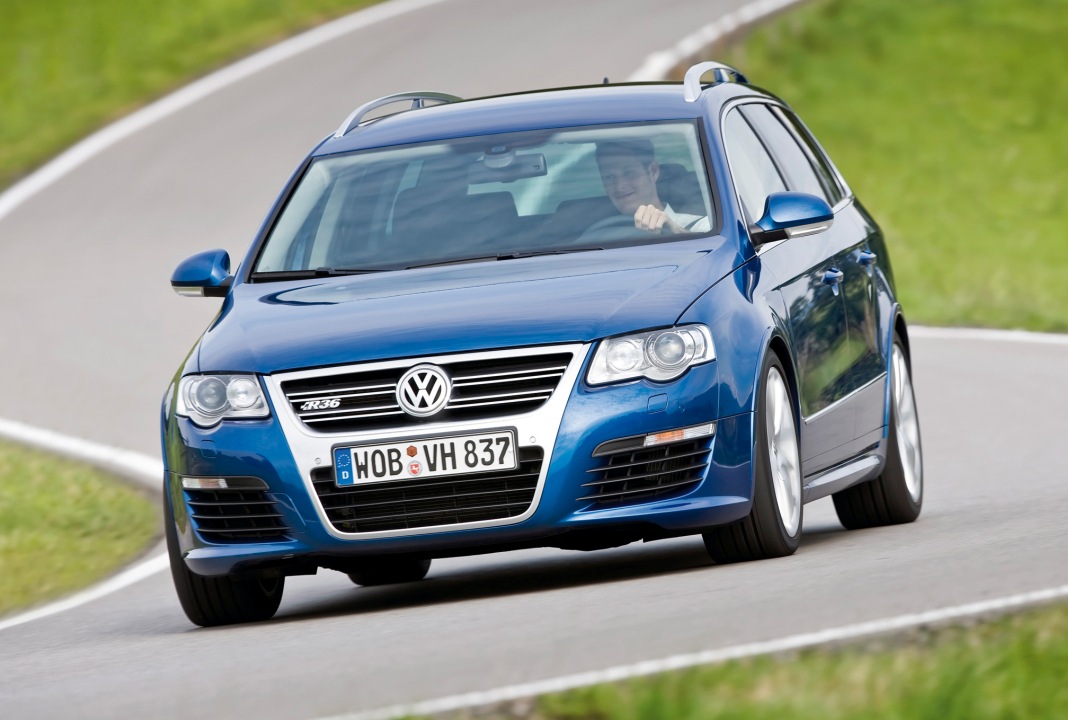
Traditionally renowned for its low key anonymity, the Volkswagen Passat has always been a solid family car choice, from early fastback, later saloon and ever-present wagon versions. Modest performers in early days, Passat appeal was discretion, build quality and practicality, but while later versions got hotter V6 engines, the school run and antiquing image lingered until 2008 and the R36. With power massaged to 300HP at a high 6600rpm and 258lb/ft torque at a flexible 2400-5300rpm, the sprightly Passat R36 knocks 100km/h in 5.8-seconds in estate version. Using a Haldex four-wheel-drive system, the R36 reacts to wheel slippage by channeling more power to the rear wheels. Best yet, the R36 trim brings out the Passat’s sharper styling edge, with deeper bumpers, bigger tail pipes and wheels and road-hugging skirts.
Engine: 3.6-liter V6; Power 300HP@6600rpm; Torque: 258lb/ft@2400-5300rpm; 0-100km/h: 5.8-seconds; Top speed: 250km/h; Length: 4774mm; Width: 1820mm; Height: 1517mm; Wheelbase: 2709mm; Weight: 1747kg
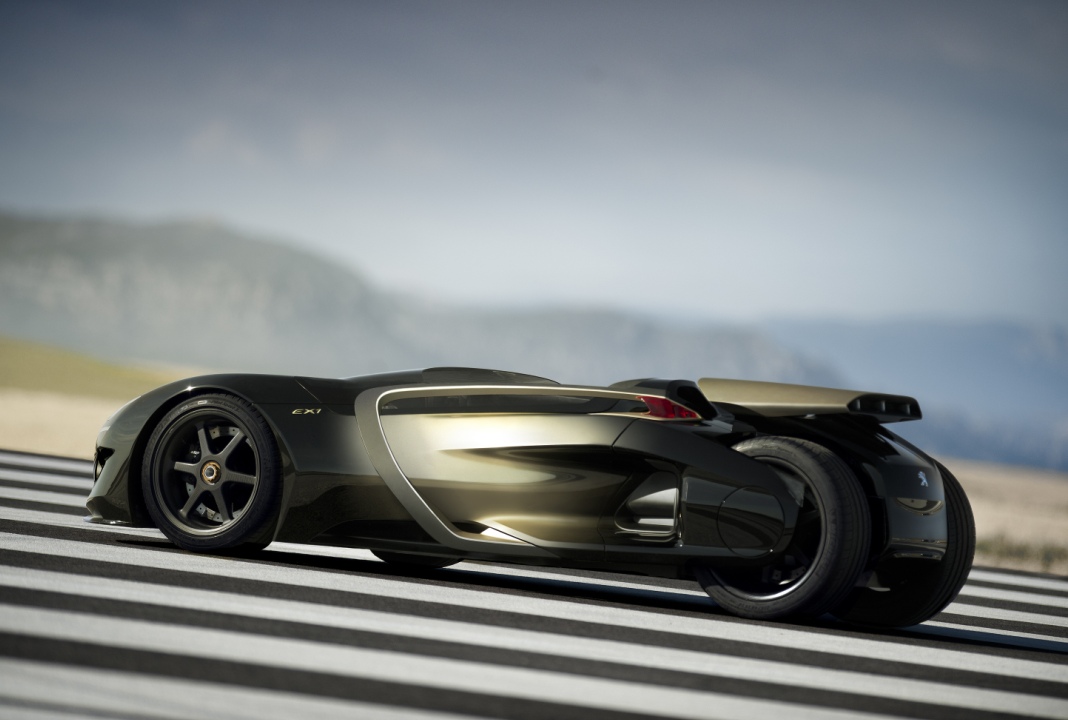 Evoking the sense of a futuristic roadster with classical elements, the Peugeot EX1 is piloted from a low slung cabin where helmets protruding slightly from the frame-line ultra low and rakish wind shield, must be worn to protect from the elements. The Ex1’s exposed cooling fans inside the grille, naked rear tires, gun-metal grey paint job and six-spoke alloy wheels give it an air of menace and immediacy. With its eccentricities not just limited to its exoskeleton and windshield, the EX1’s reverse opening ‘suicide’ doors incorporate its seats, which one sits in when the doors are open and then enters the car’s dual pod cabin as the doors are shut.
Designed as a light-weight vehicle with a low centre of gravity and sophisticated and sporty double wishbone front suspension, one would expect that the Peugeot EX1 would be able to handle well and with agility, with the rear wheels tidily following the front and with little body roll. However, the EX1’s primary focus seems to be on its in-line performance and in proving that electric vehicles have the potential for similar performance to petrol cars. This focus is also particularly highlighted by the absence of material relating to the EX1’s operating range or battery charging times, which are two of the main points of interest for electric vehicles with an eye for future production.
Powered by an electric motor at each axle the EX1 is a four-wheel-drive roadster which benefits from good traction for straight-line performance and grip for corners, as well as good weight distribution owing to this configuration and the absence of any rear overhang. With each motor delivering 170PS power and a constant 177lb/ft torque adding up to a combined 340PS and 354lb/ft, the sub-1,000kg EX1 boasts spectacular electric car performance figures and un-relenting urge owing to its wave of torque. While its performance figure can certainly be bested by high performance petrol cars, the EX1’s 3.49-second 100km/h sprint and other benchmark times such as its’ 14.4-second and 100km/h quarter mile record. The EX1’s records were set in September at the Montlherey circuit in France and the Taipingsi military airport in Chengdu, China in December 2010.
Evoking the sense of a futuristic roadster with classical elements, the Peugeot EX1 is piloted from a low slung cabin where helmets protruding slightly from the frame-line ultra low and rakish wind shield, must be worn to protect from the elements. The Ex1’s exposed cooling fans inside the grille, naked rear tires, gun-metal grey paint job and six-spoke alloy wheels give it an air of menace and immediacy. With its eccentricities not just limited to its exoskeleton and windshield, the EX1’s reverse opening ‘suicide’ doors incorporate its seats, which one sits in when the doors are open and then enters the car’s dual pod cabin as the doors are shut.
Designed as a light-weight vehicle with a low centre of gravity and sophisticated and sporty double wishbone front suspension, one would expect that the Peugeot EX1 would be able to handle well and with agility, with the rear wheels tidily following the front and with little body roll. However, the EX1’s primary focus seems to be on its in-line performance and in proving that electric vehicles have the potential for similar performance to petrol cars. This focus is also particularly highlighted by the absence of material relating to the EX1’s operating range or battery charging times, which are two of the main points of interest for electric vehicles with an eye for future production.
Powered by an electric motor at each axle the EX1 is a four-wheel-drive roadster which benefits from good traction for straight-line performance and grip for corners, as well as good weight distribution owing to this configuration and the absence of any rear overhang. With each motor delivering 170PS power and a constant 177lb/ft torque adding up to a combined 340PS and 354lb/ft, the sub-1,000kg EX1 boasts spectacular electric car performance figures and un-relenting urge owing to its wave of torque. While its performance figure can certainly be bested by high performance petrol cars, the EX1’s 3.49-second 100km/h sprint and other benchmark times such as its’ 14.4-second and 100km/h quarter mile record. The EX1’s records were set in September at the Montlherey circuit in France and the Taipingsi military airport in Chengdu, China in December 2010.



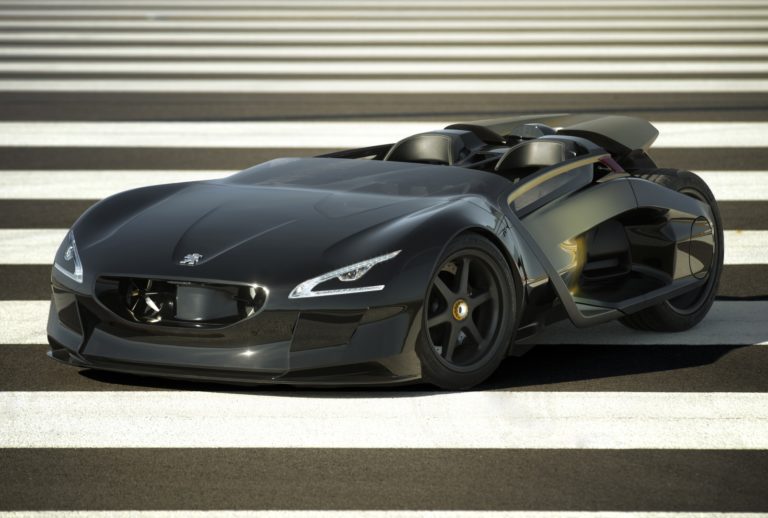
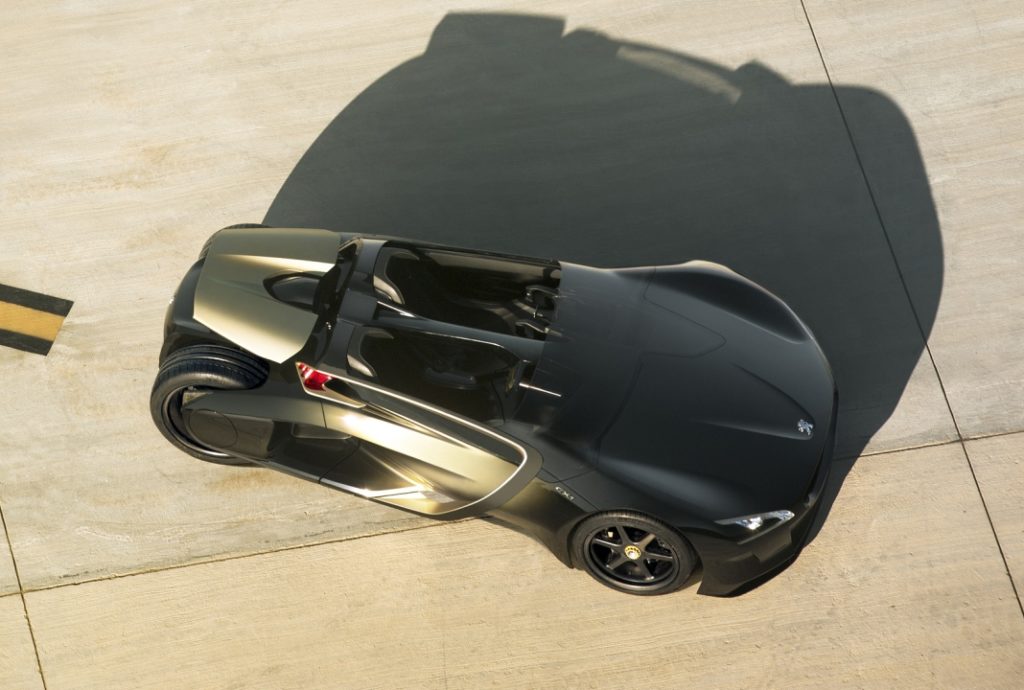
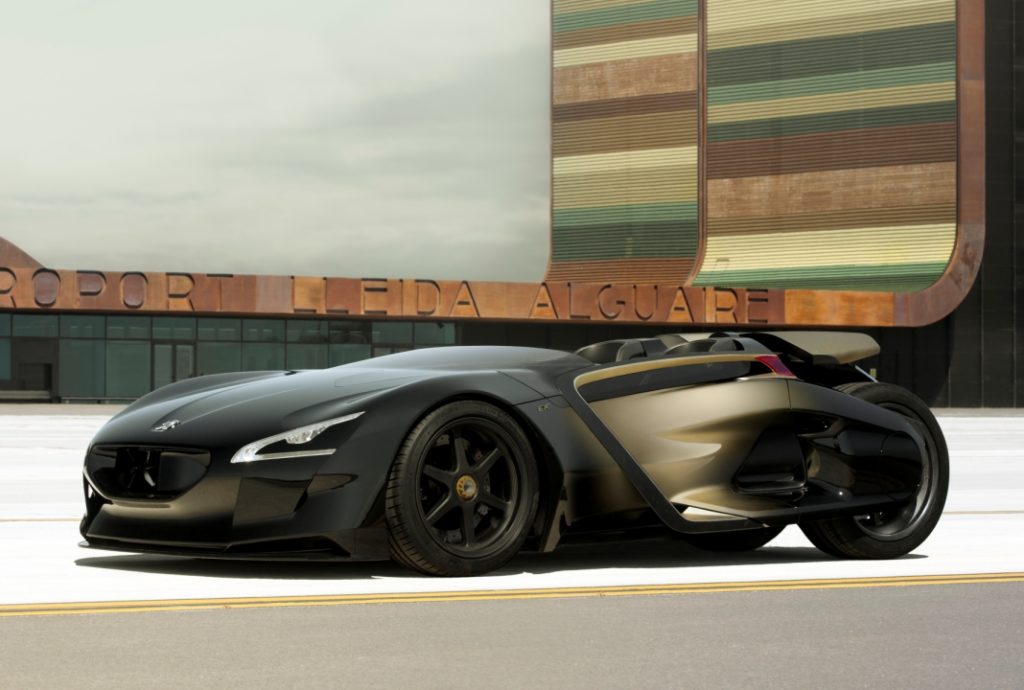
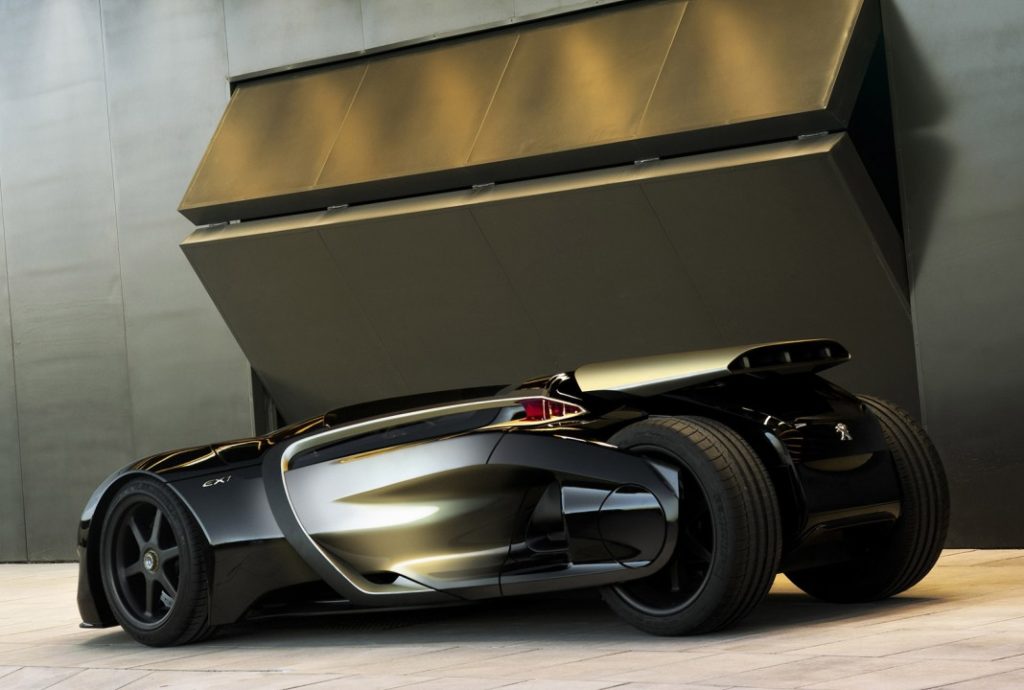

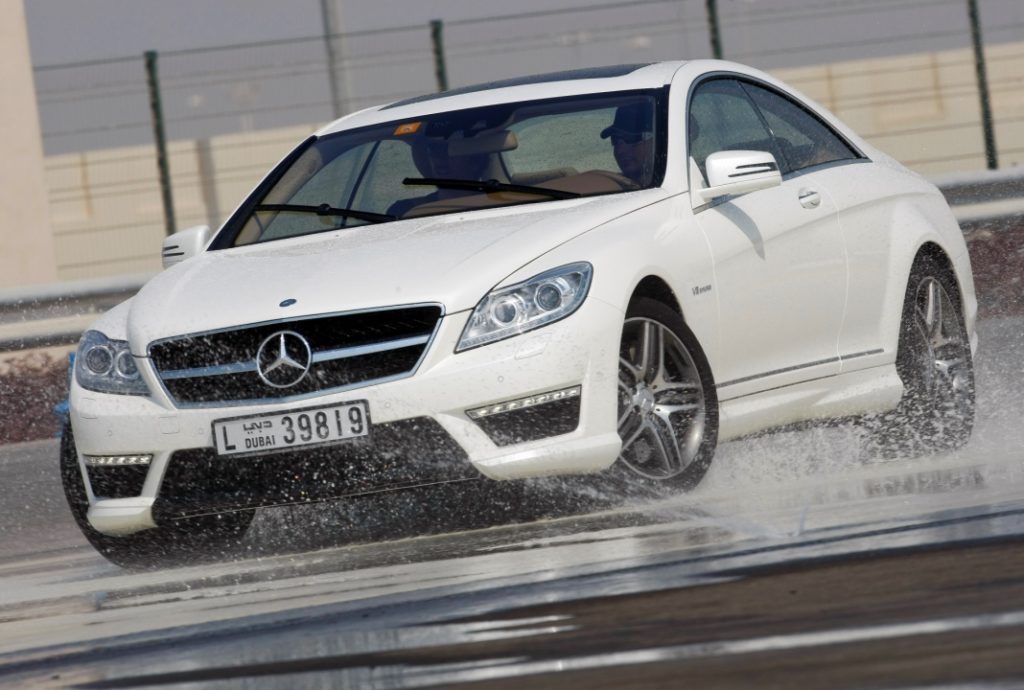
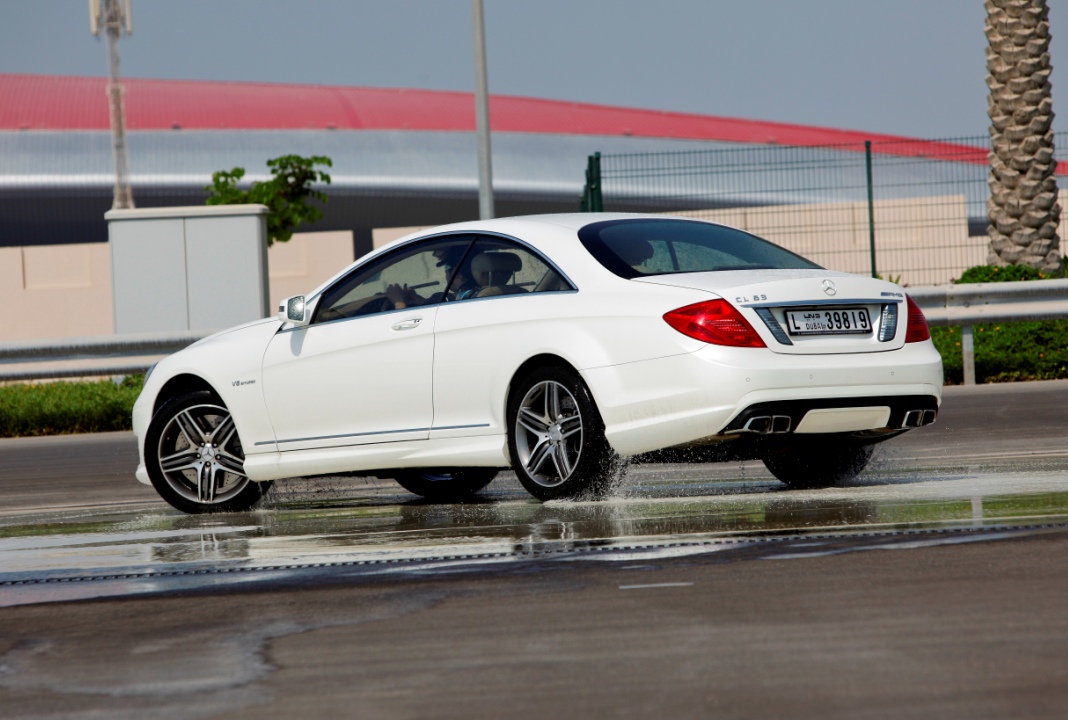
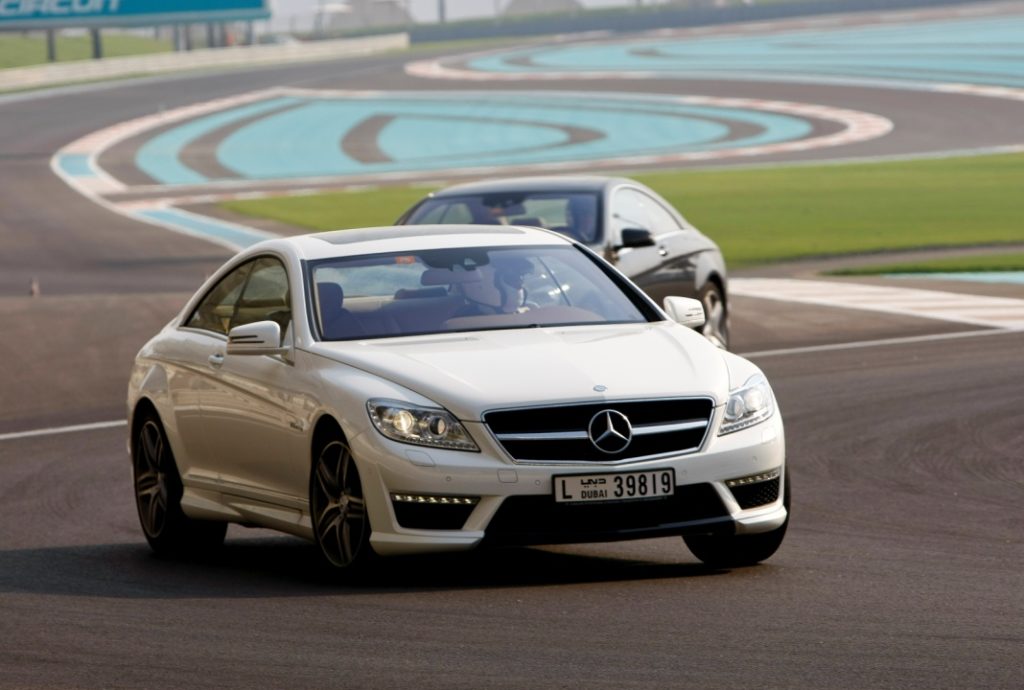


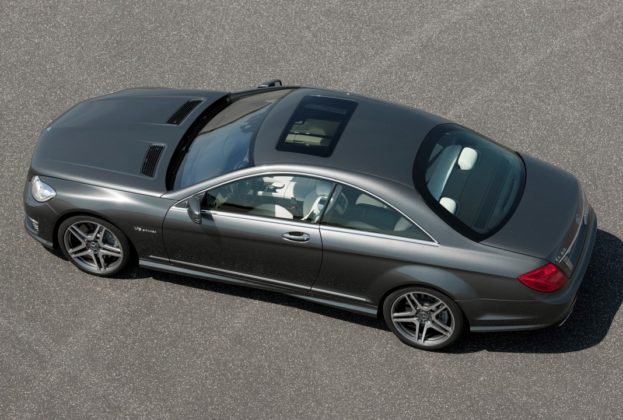
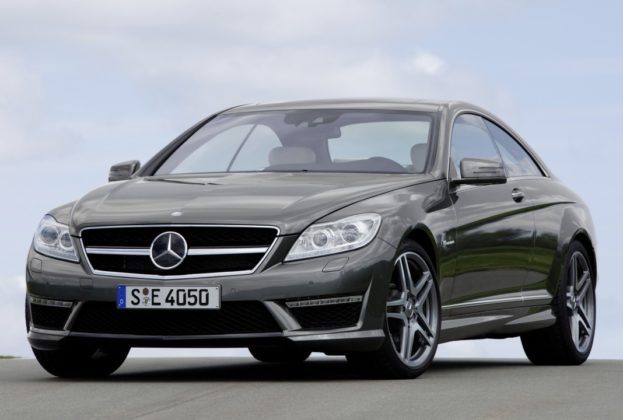
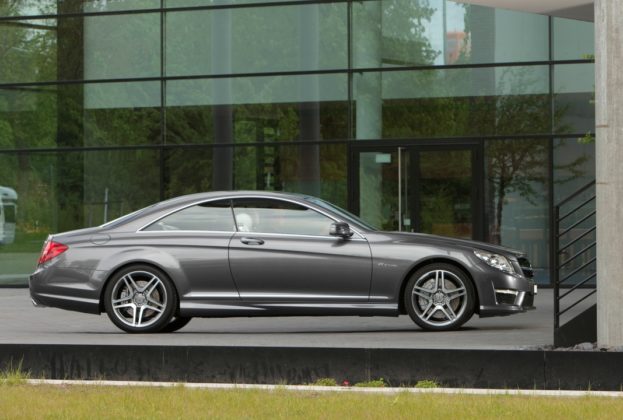
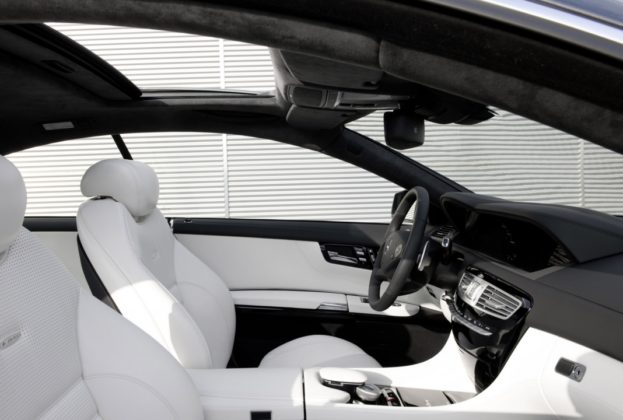




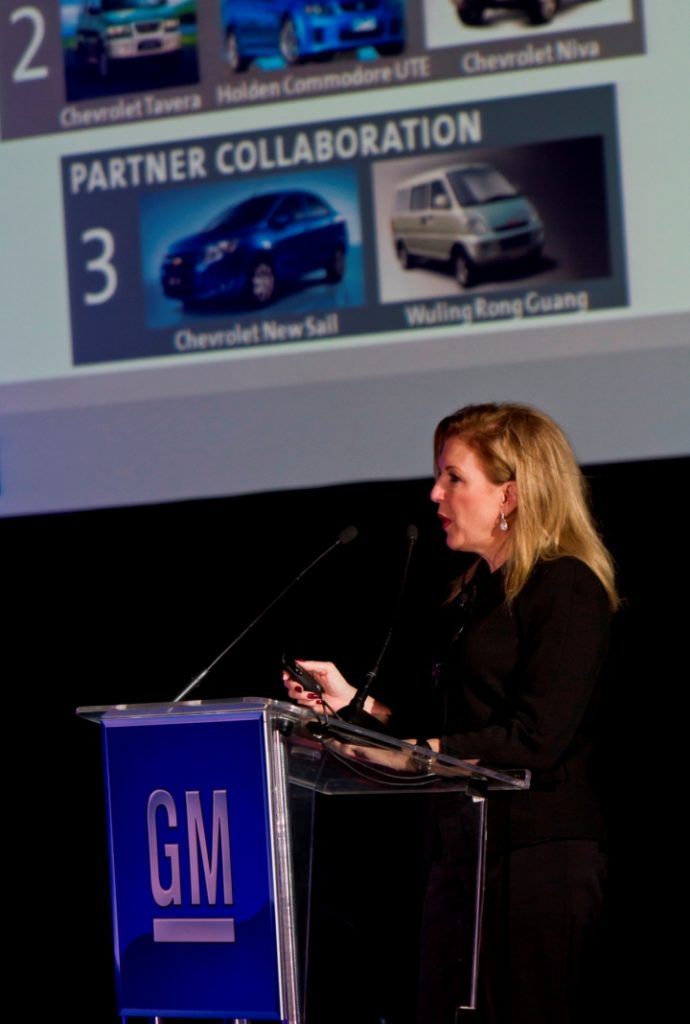





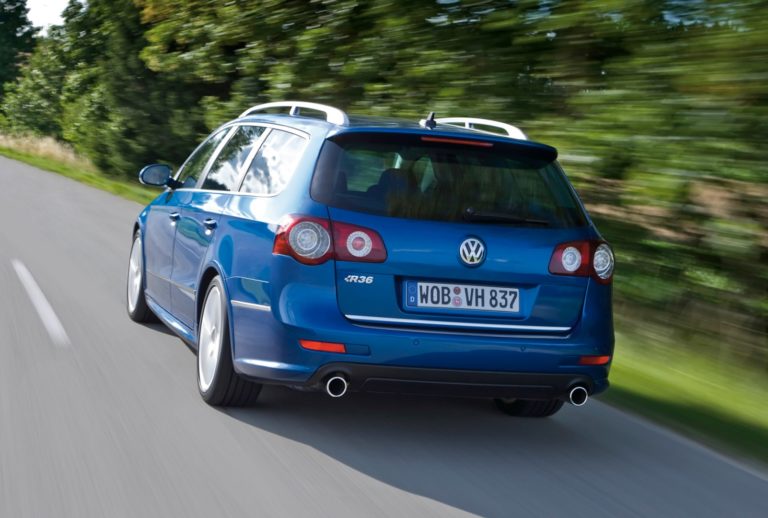










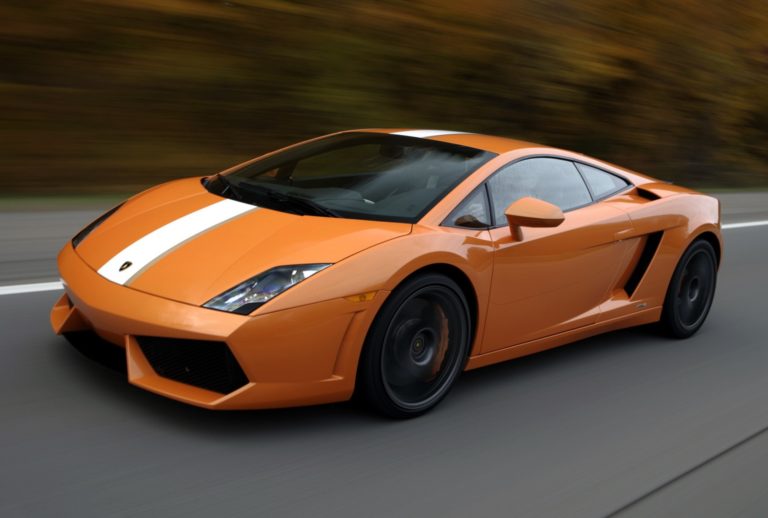
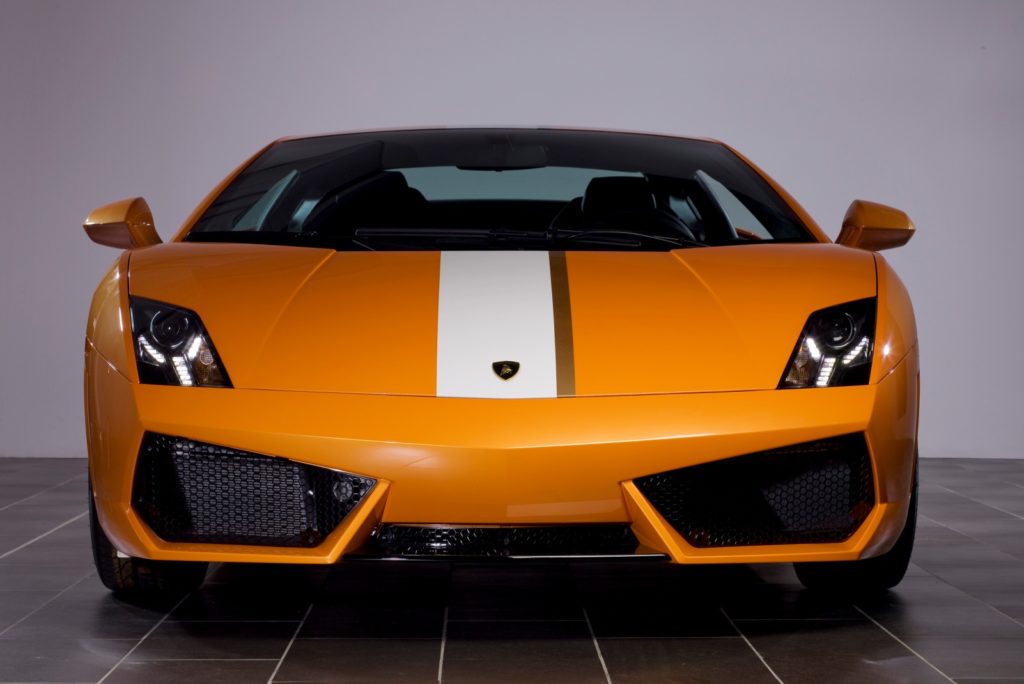
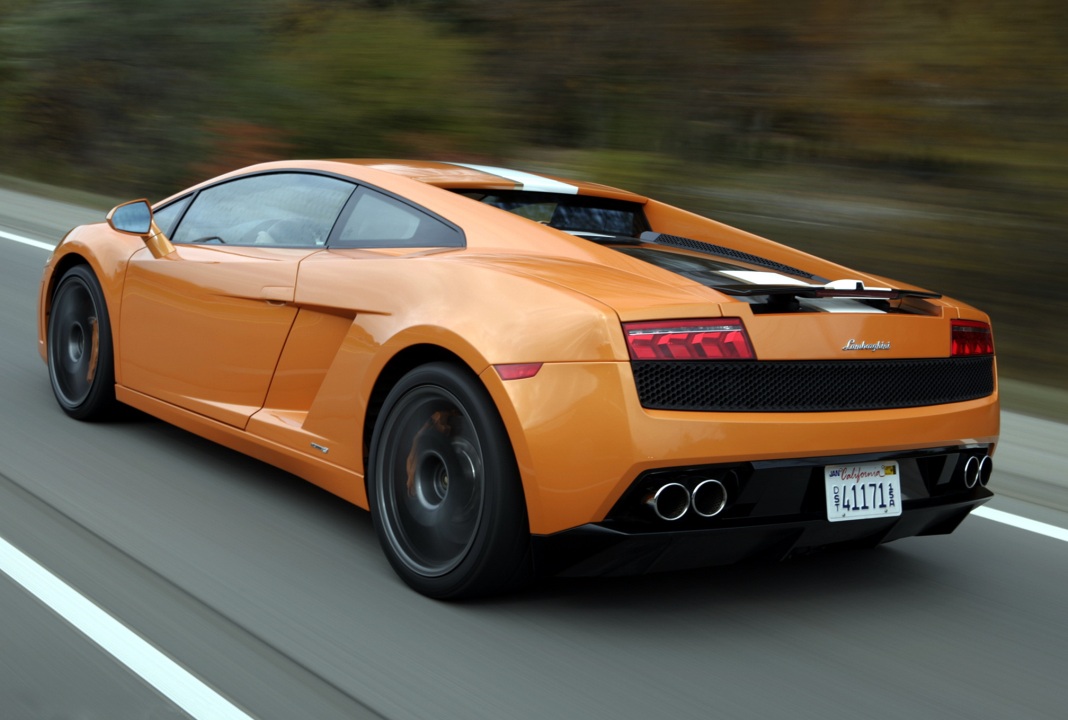
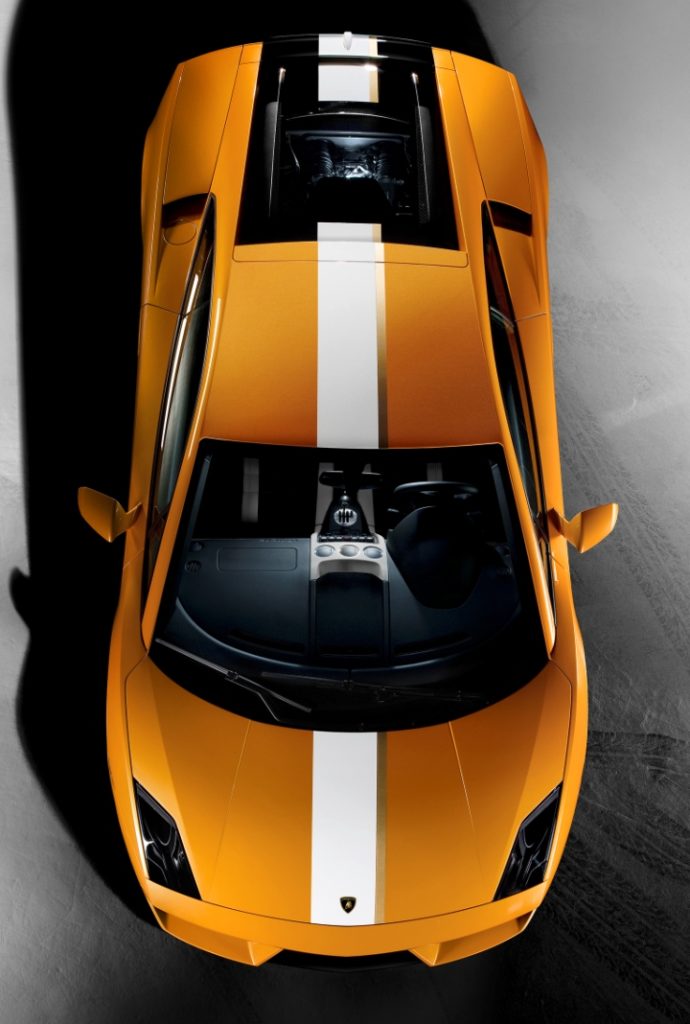



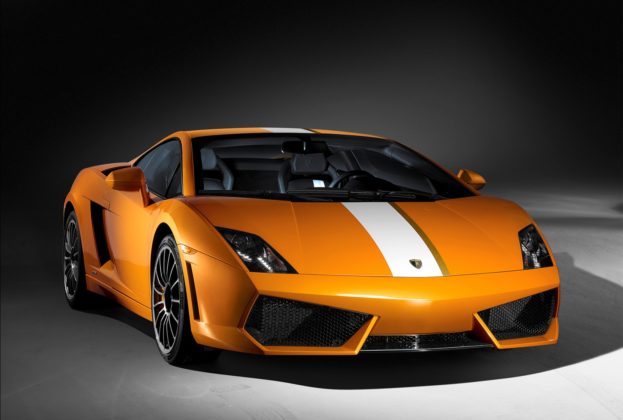
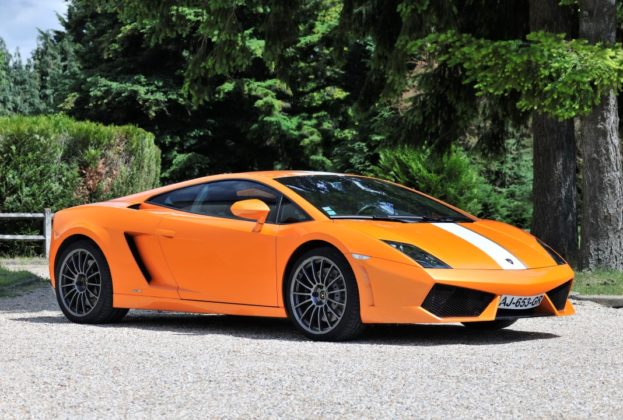
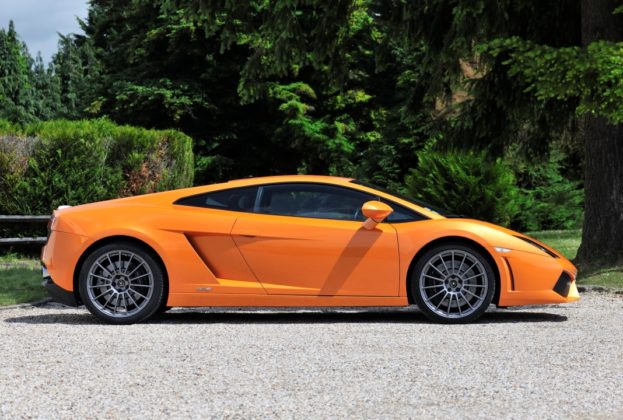
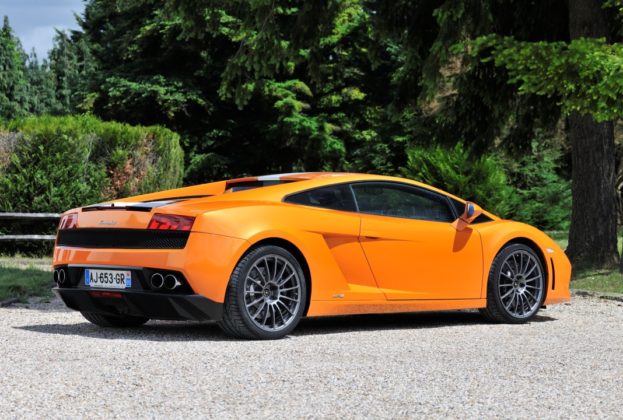
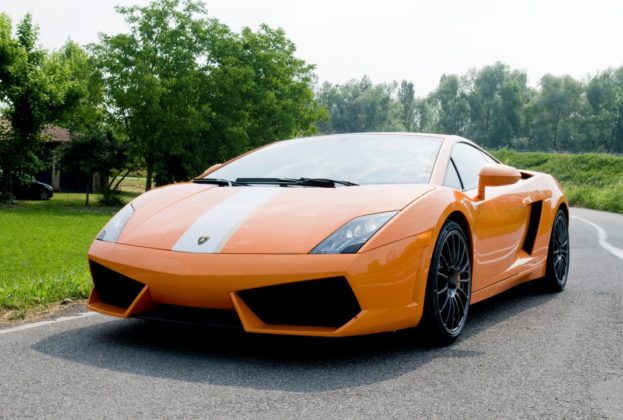
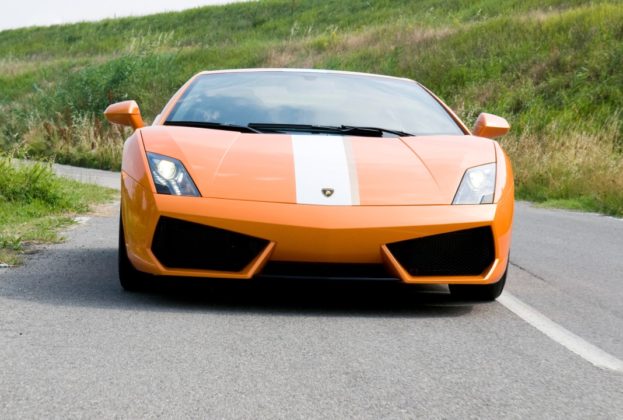
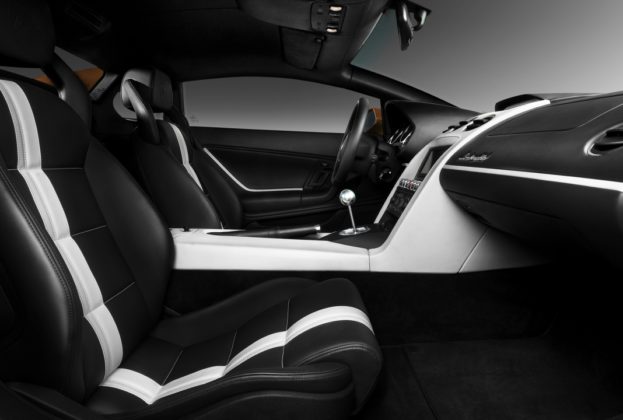
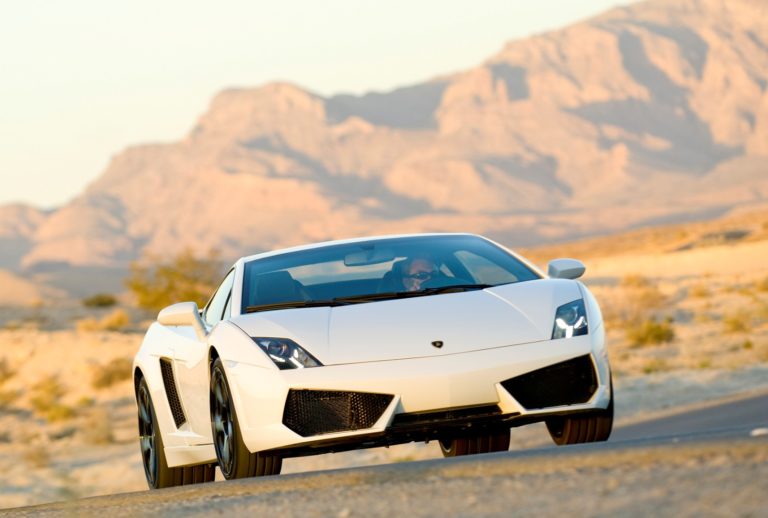
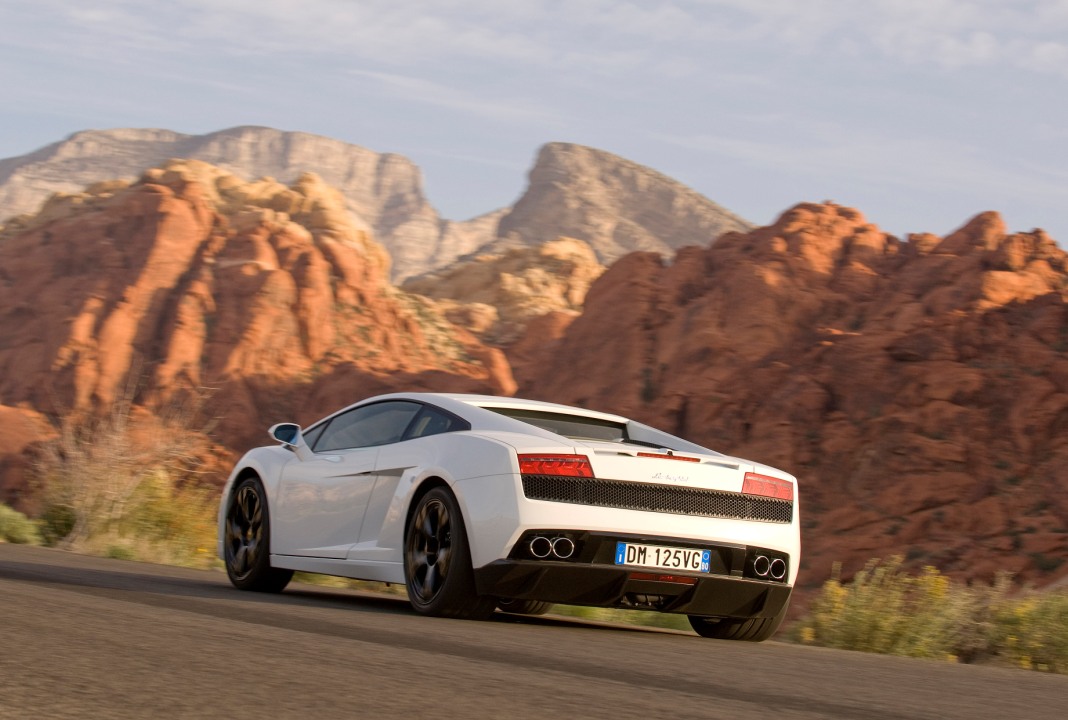

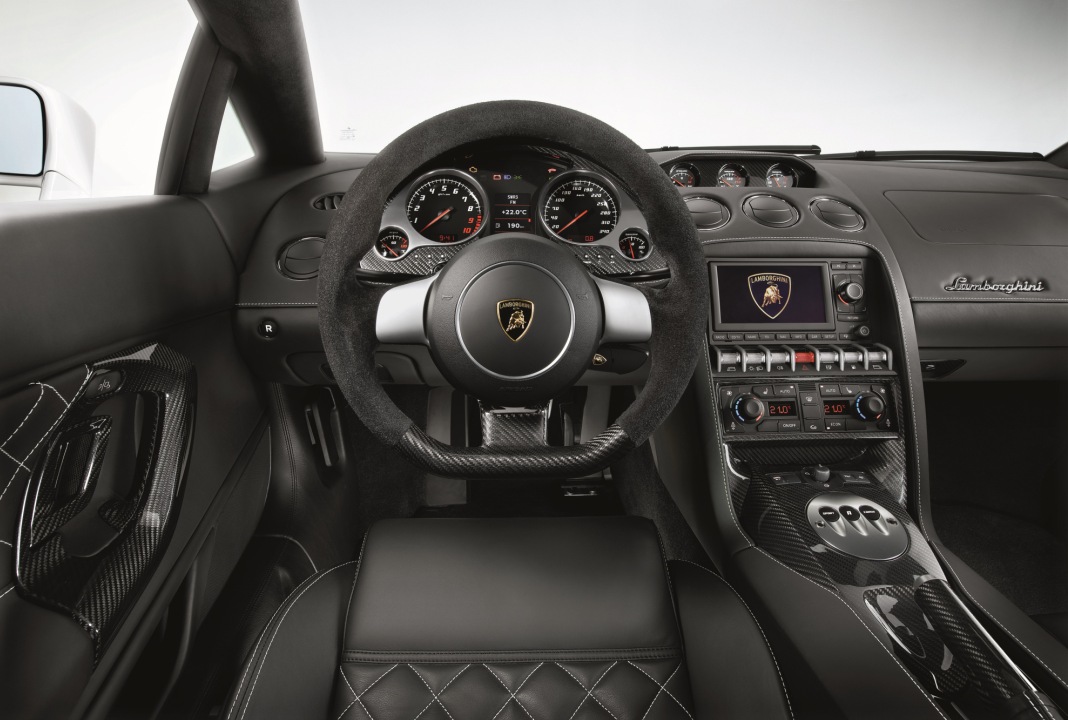


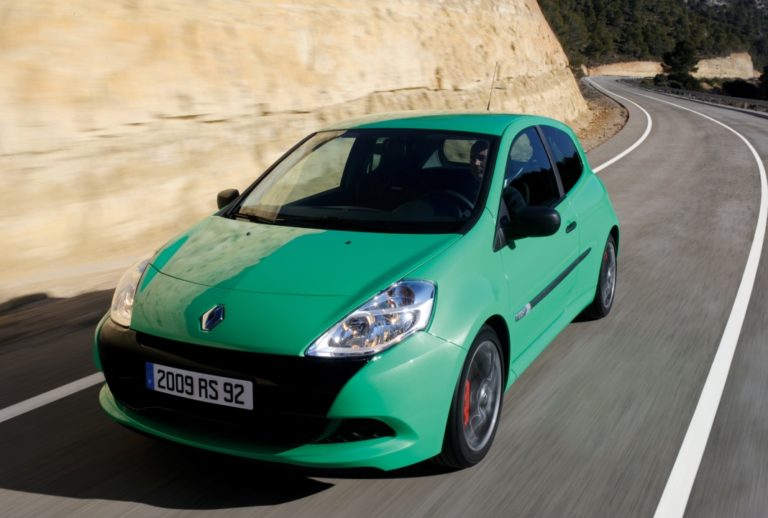

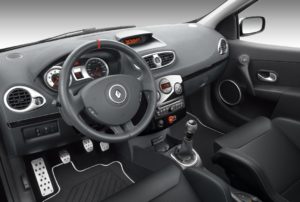
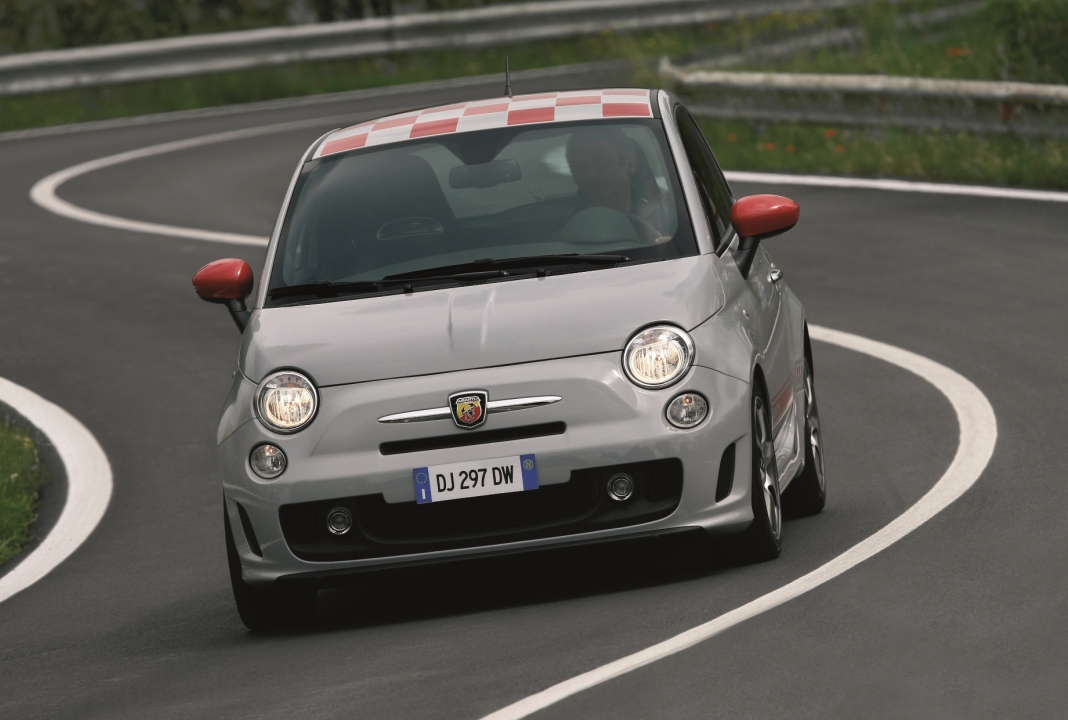
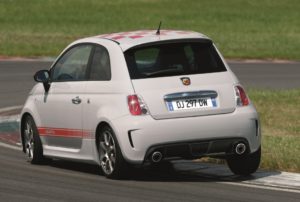

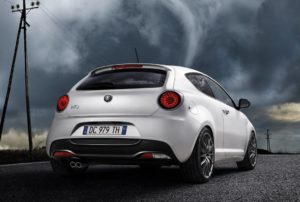
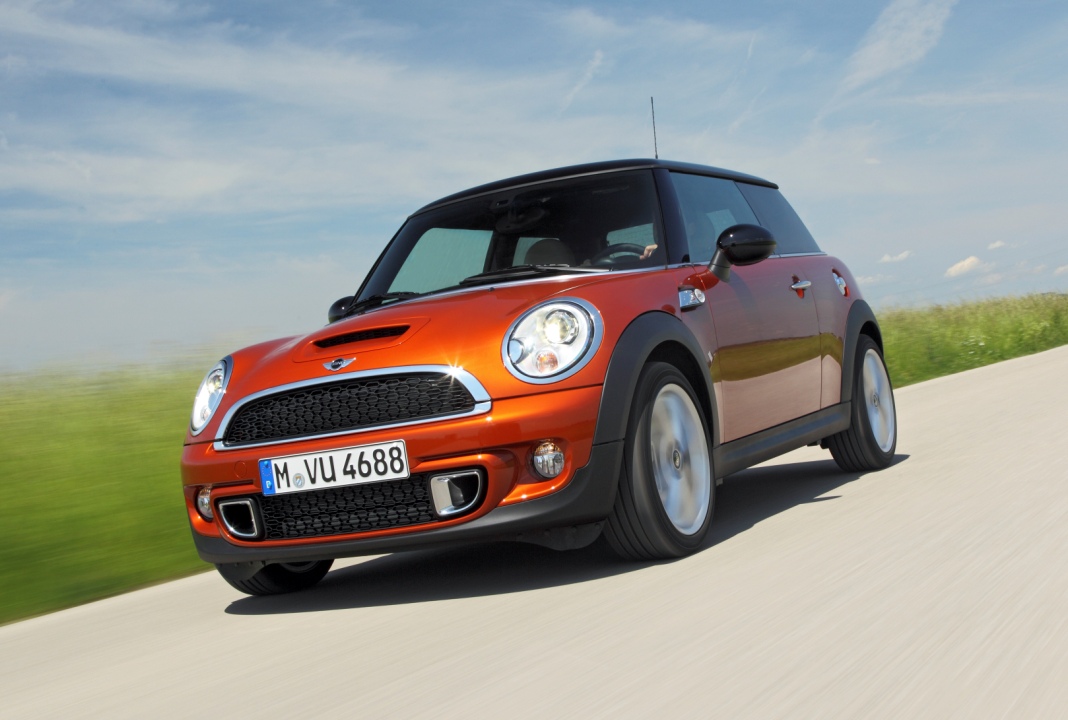
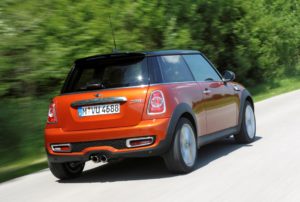
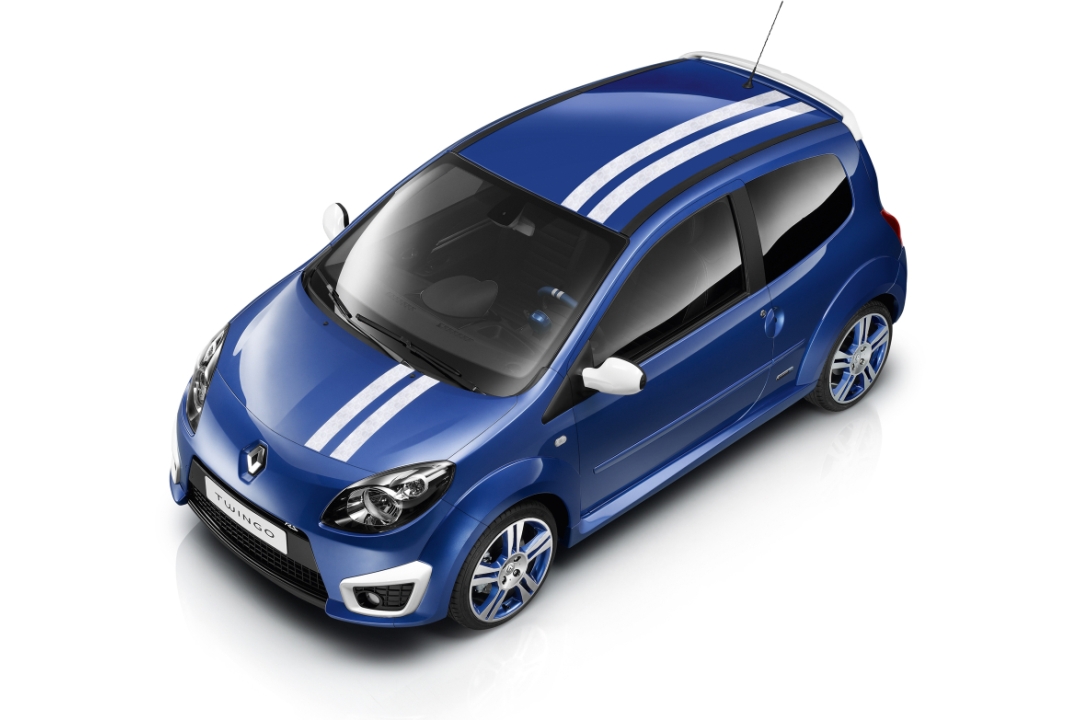

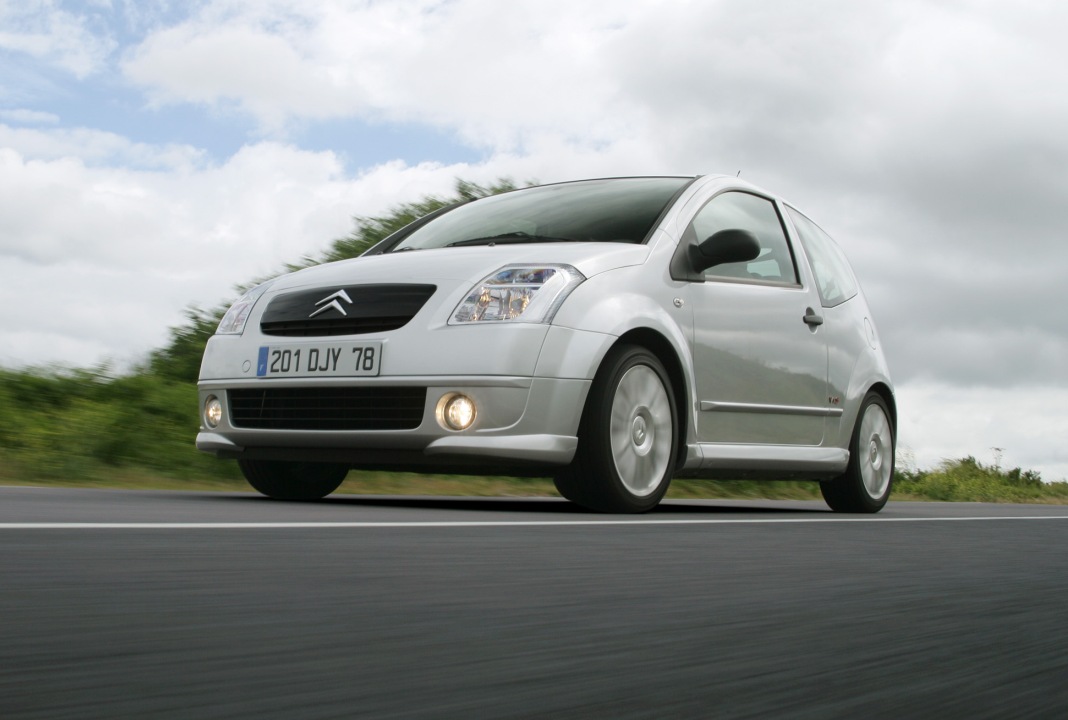
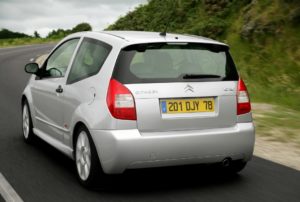
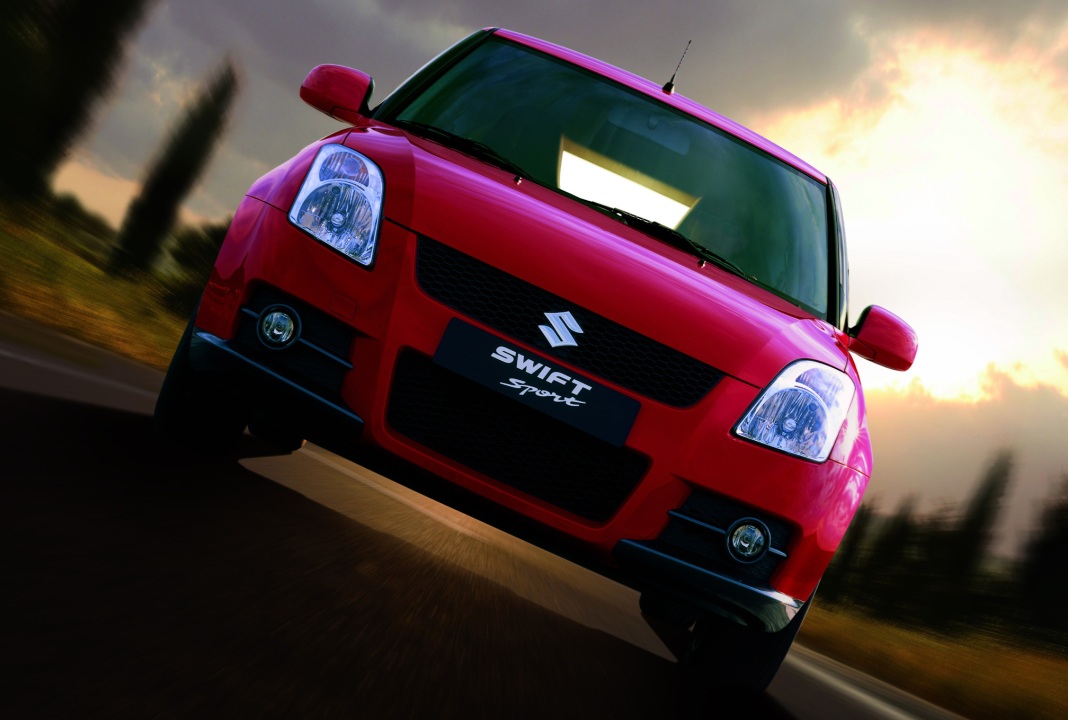
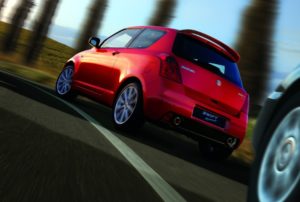
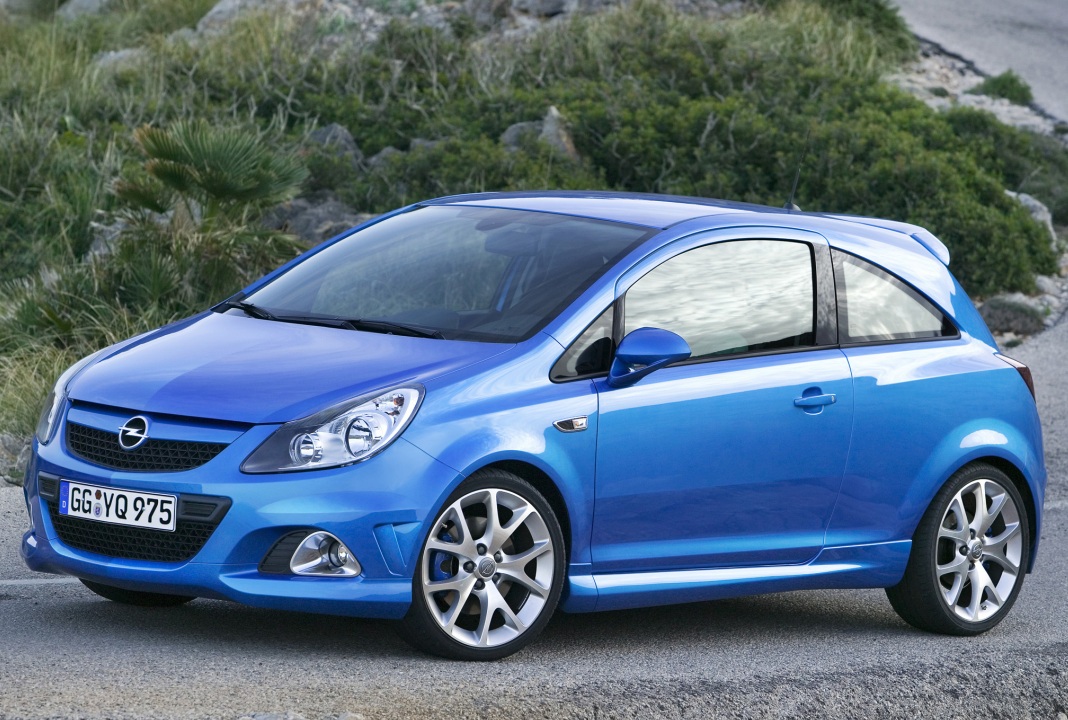
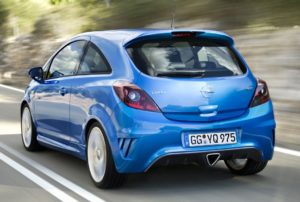

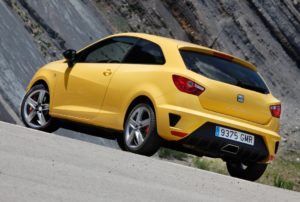
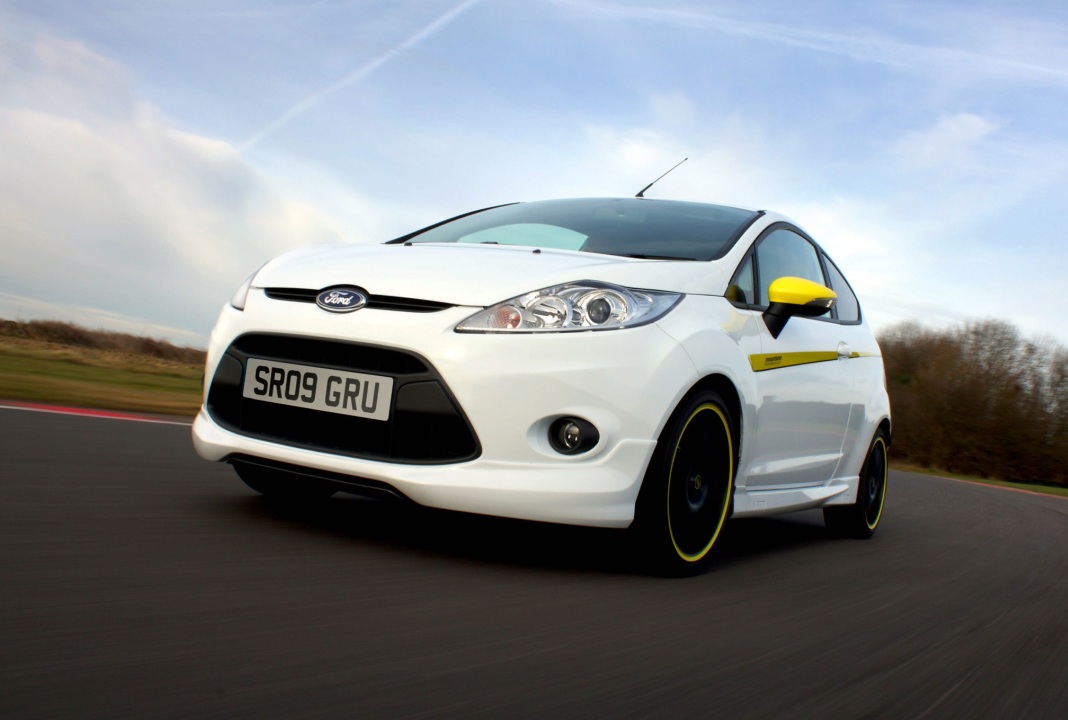
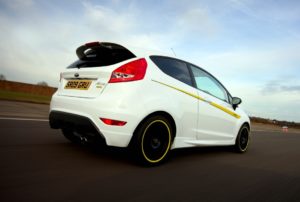
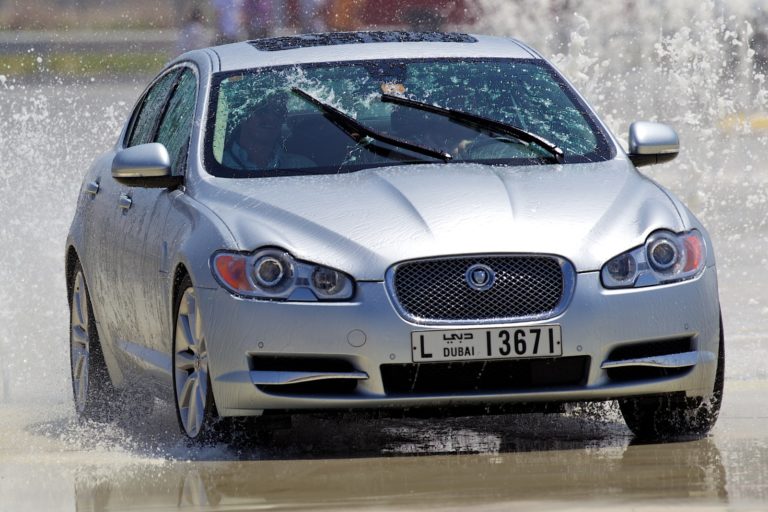
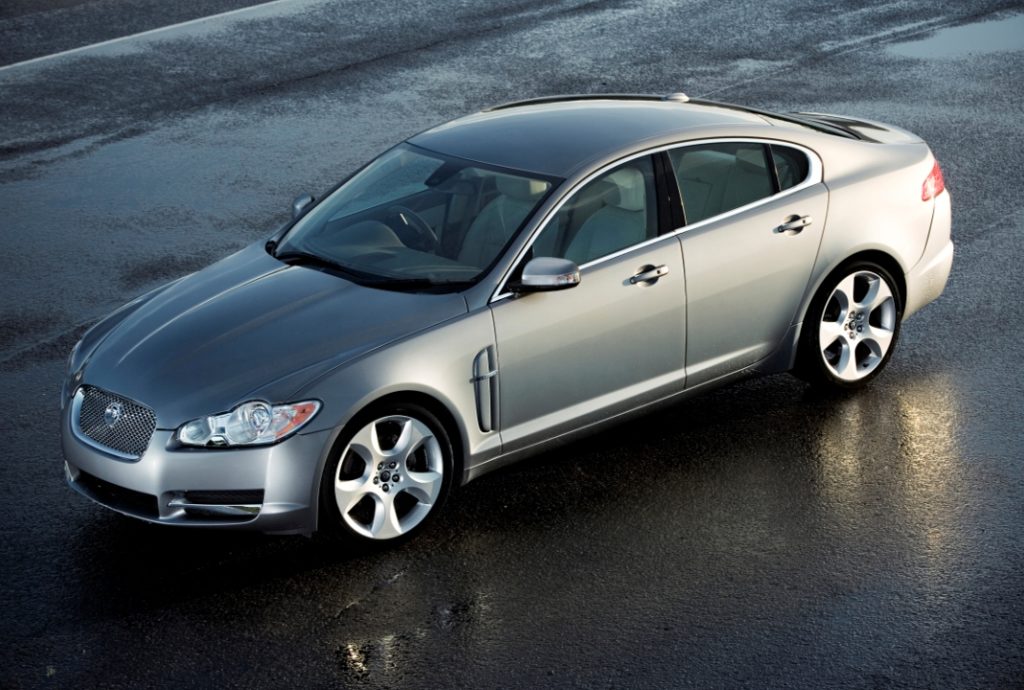
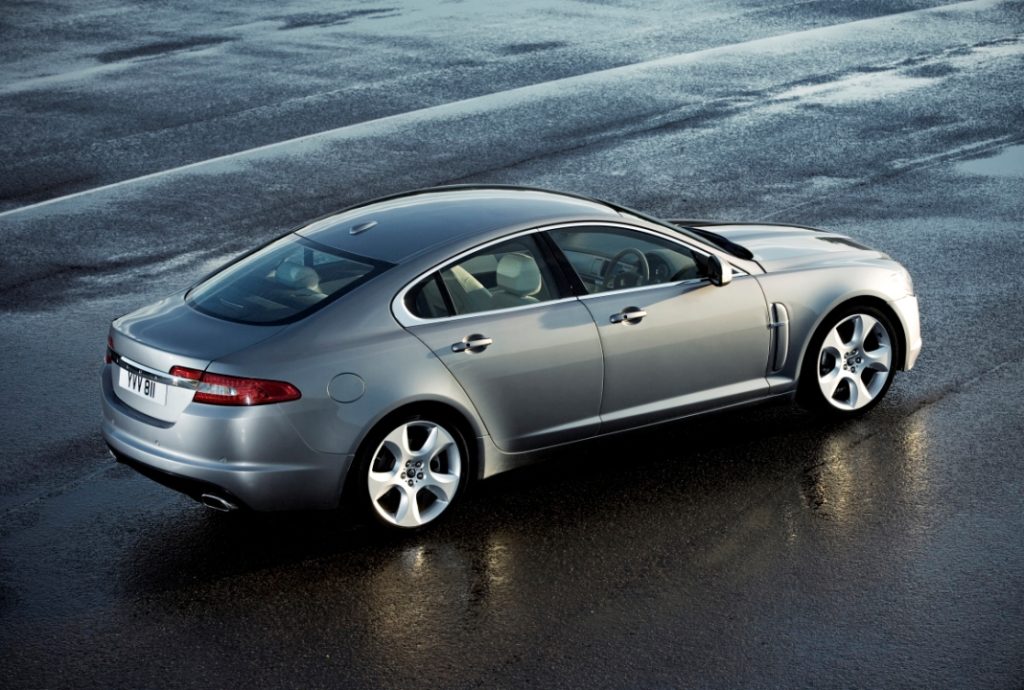
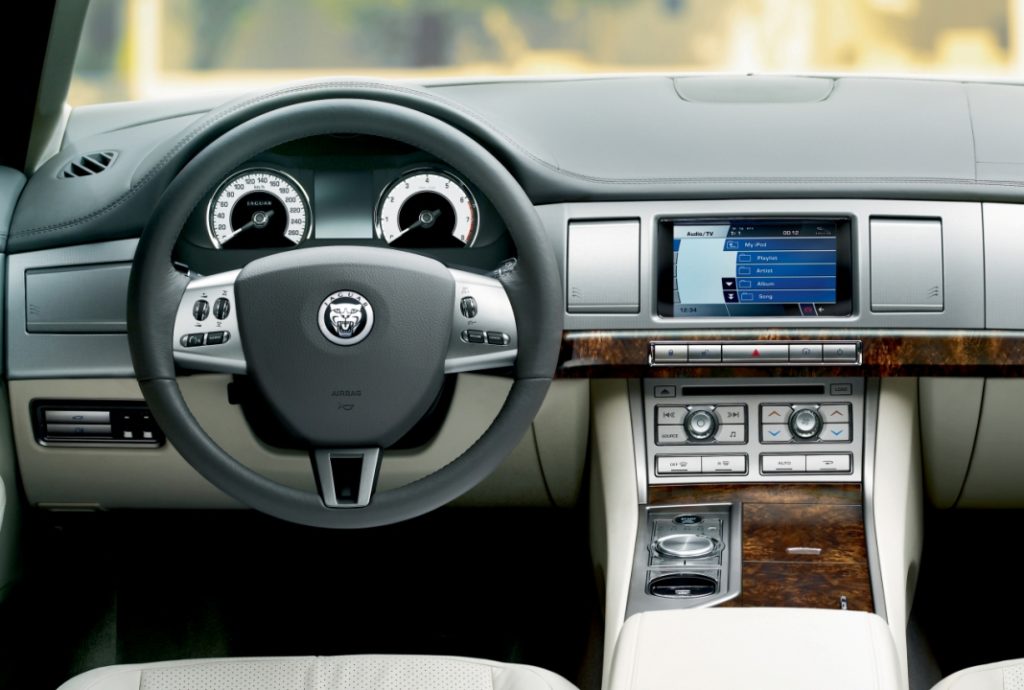


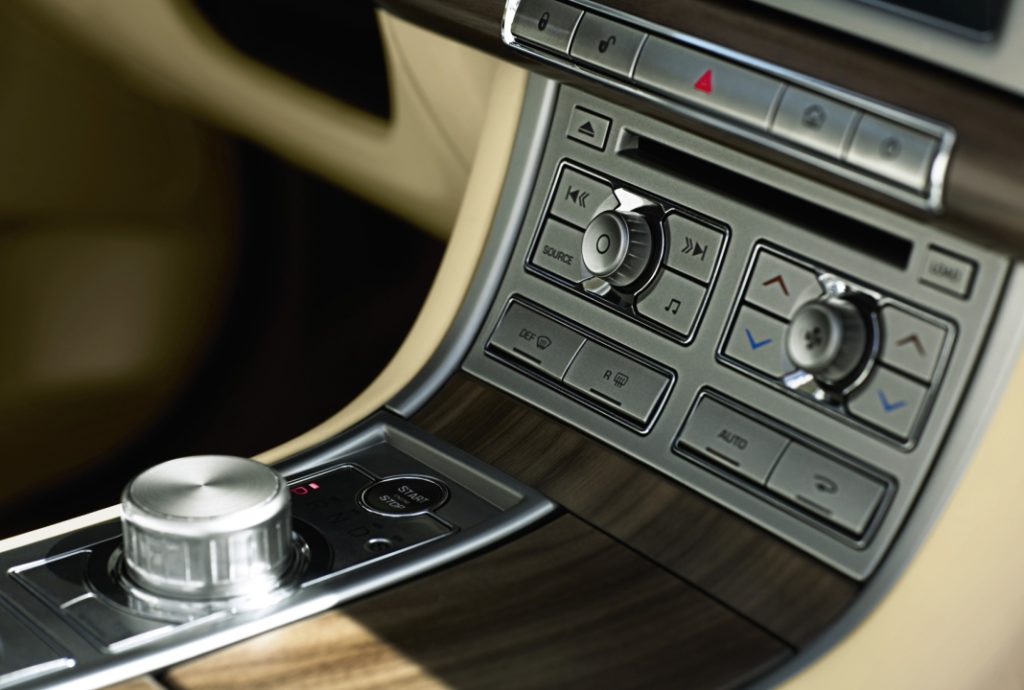
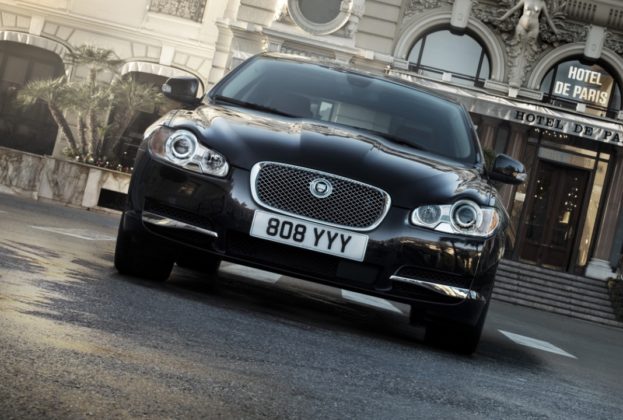
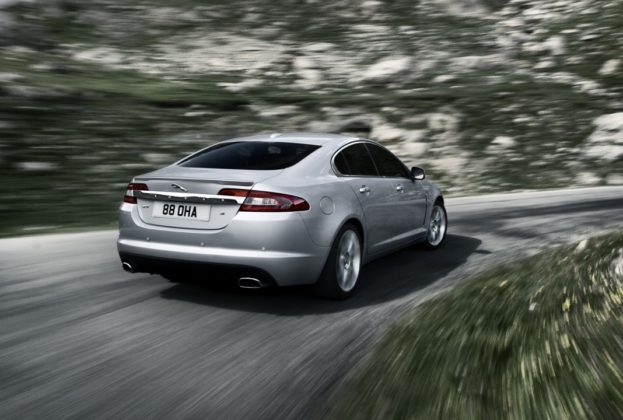
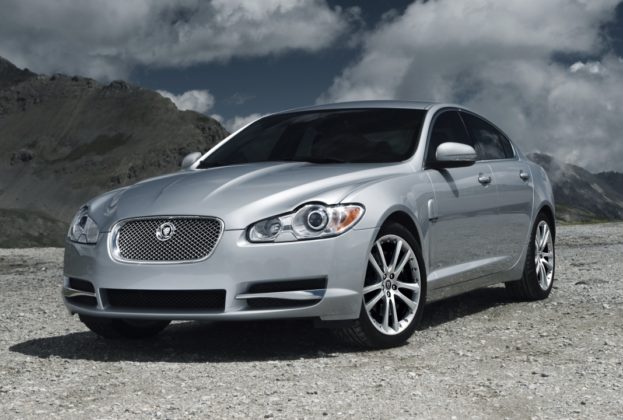
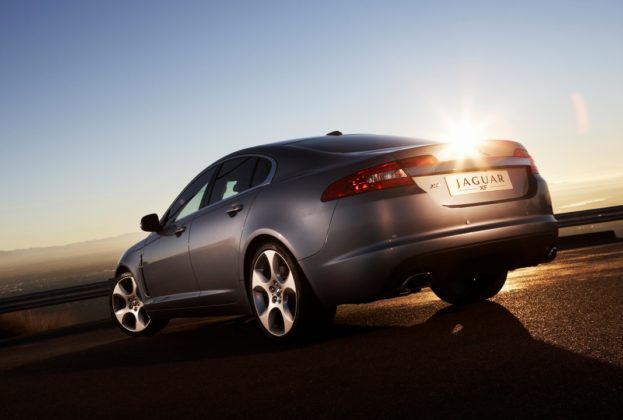
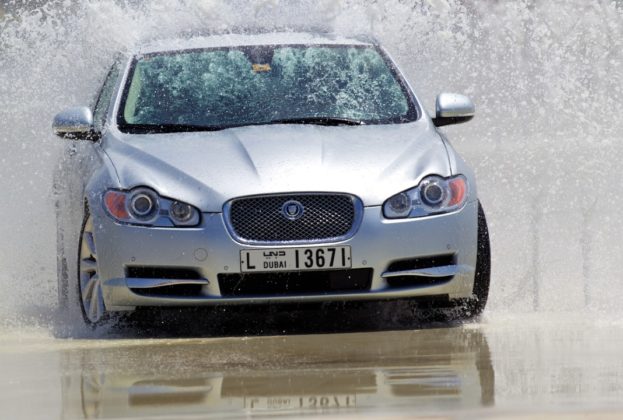
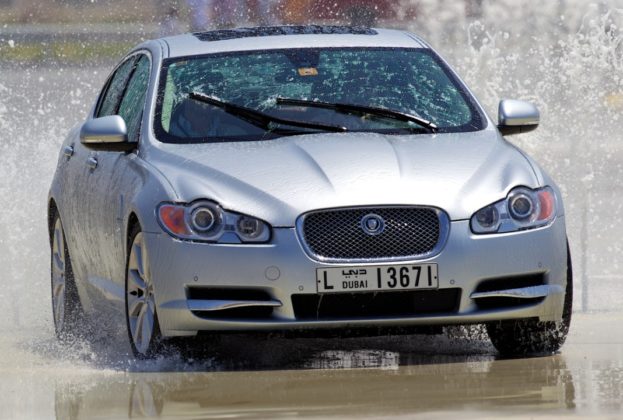
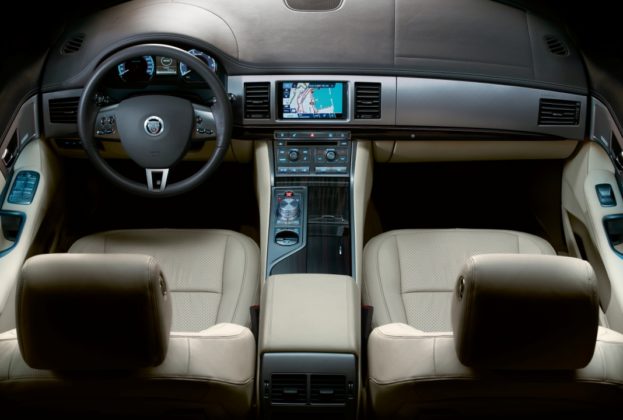

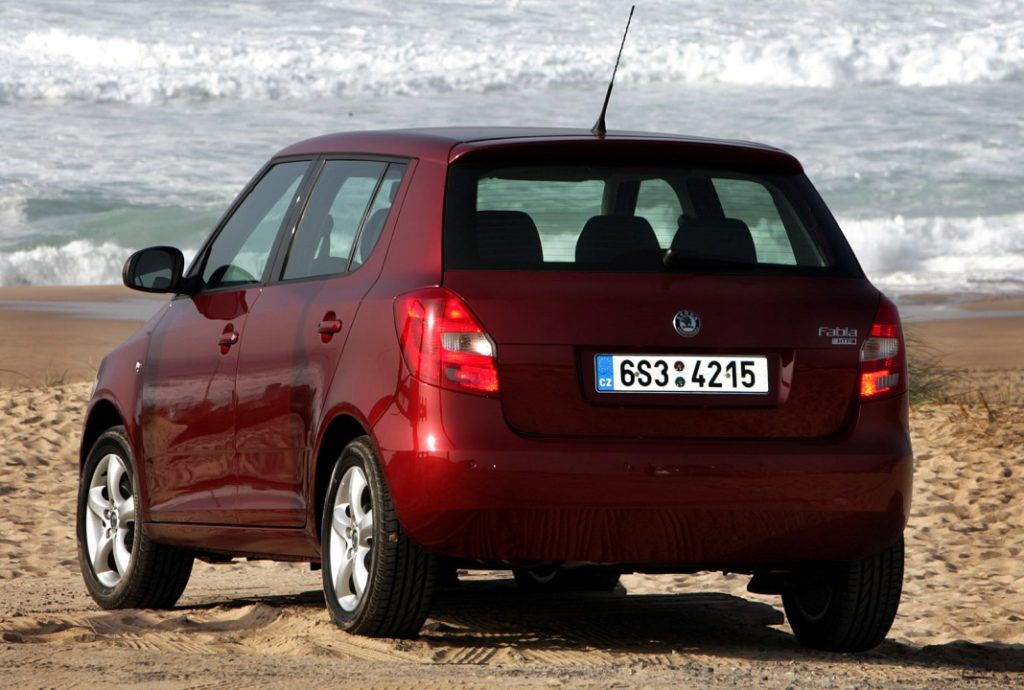


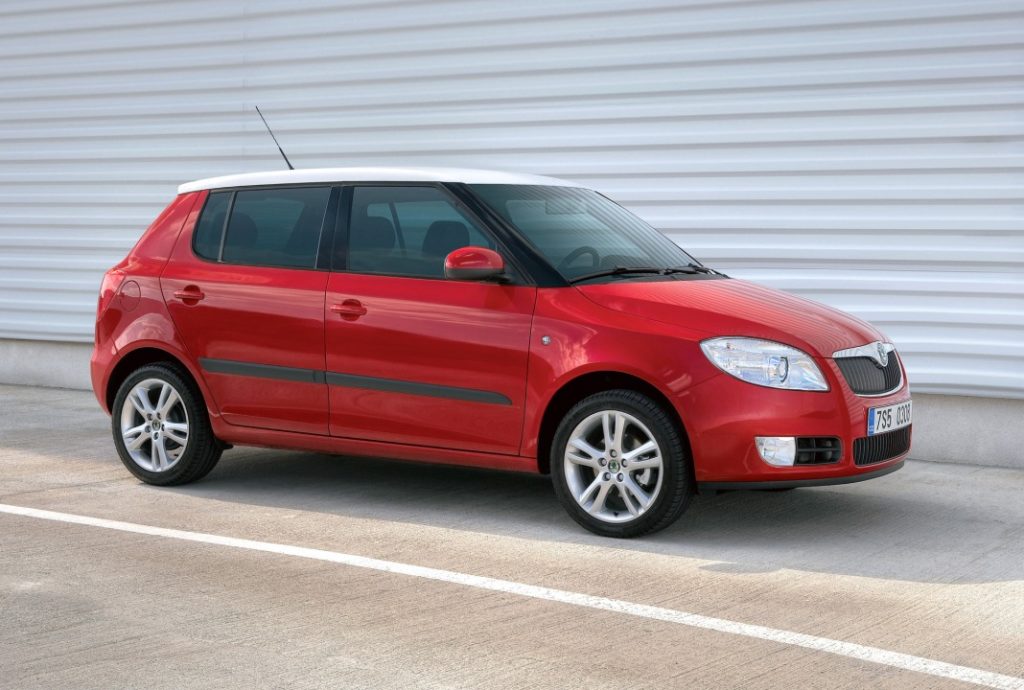


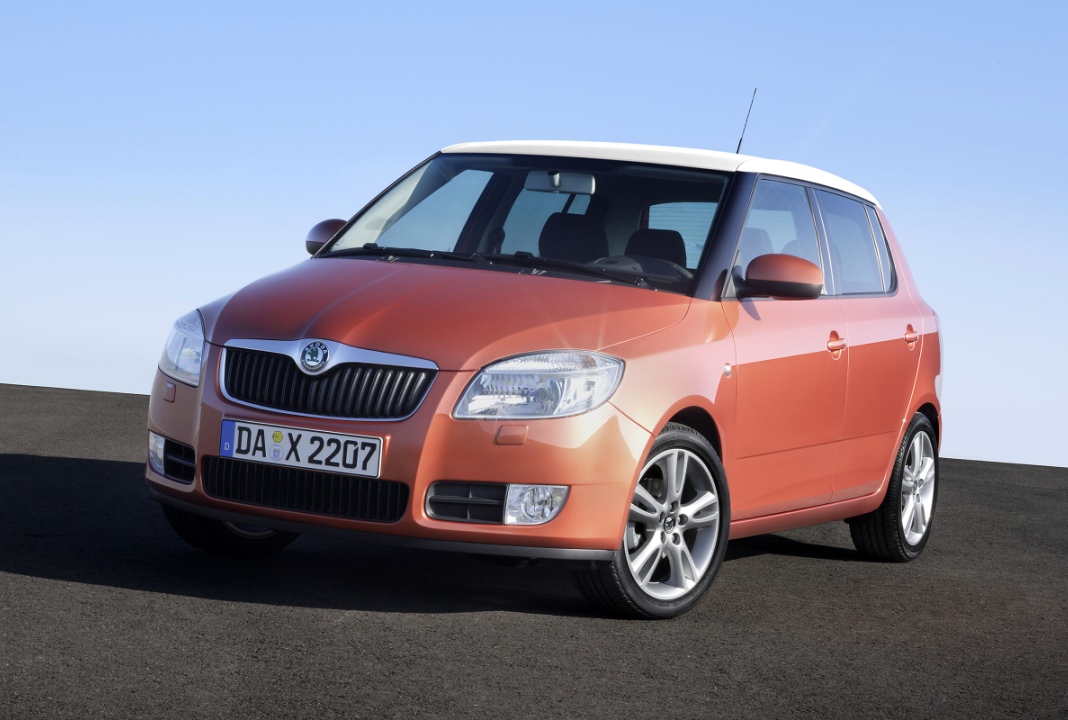
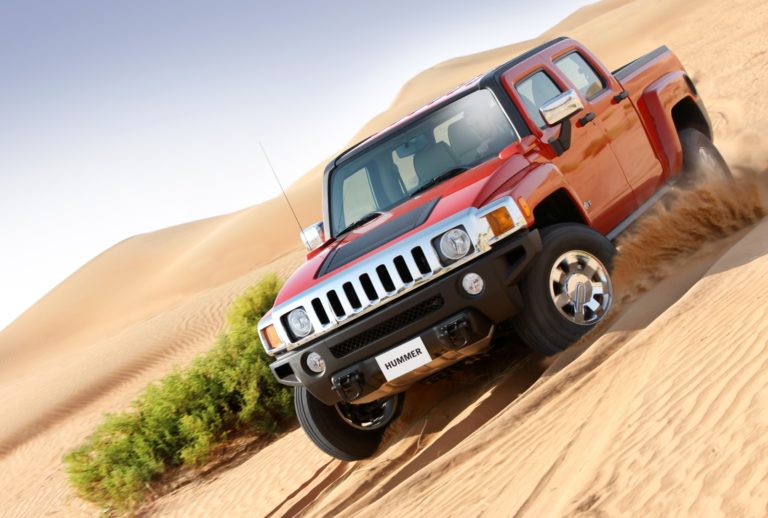
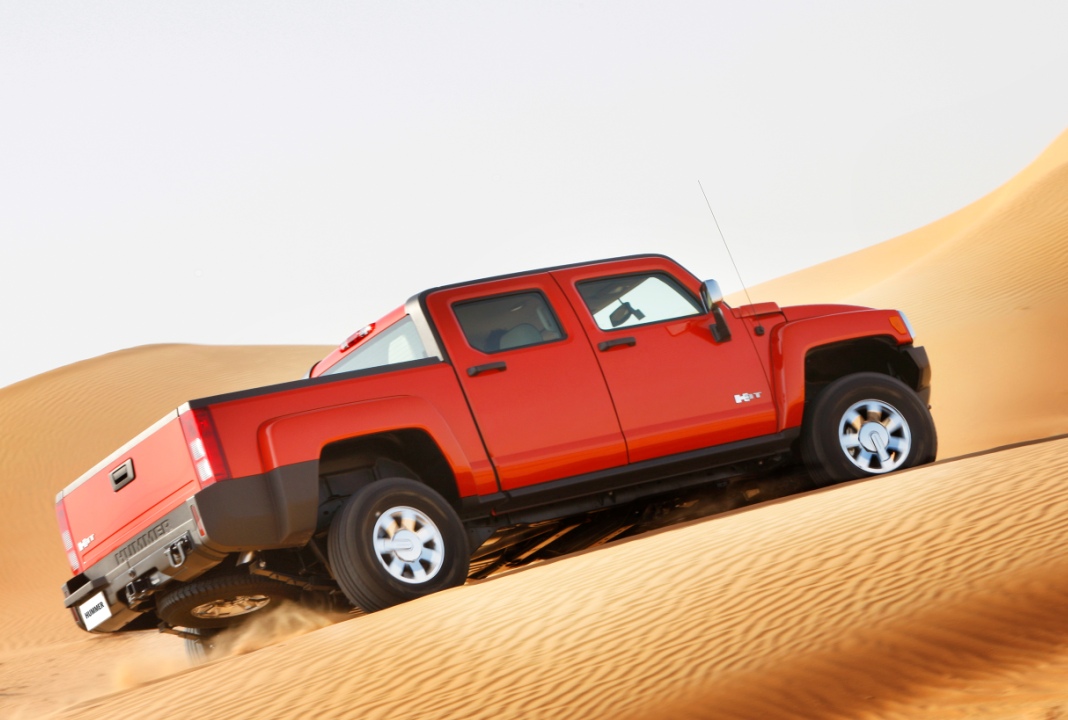


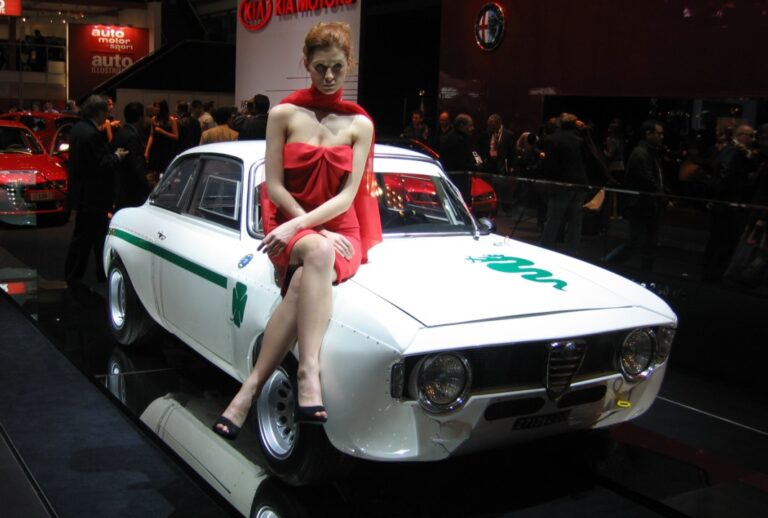
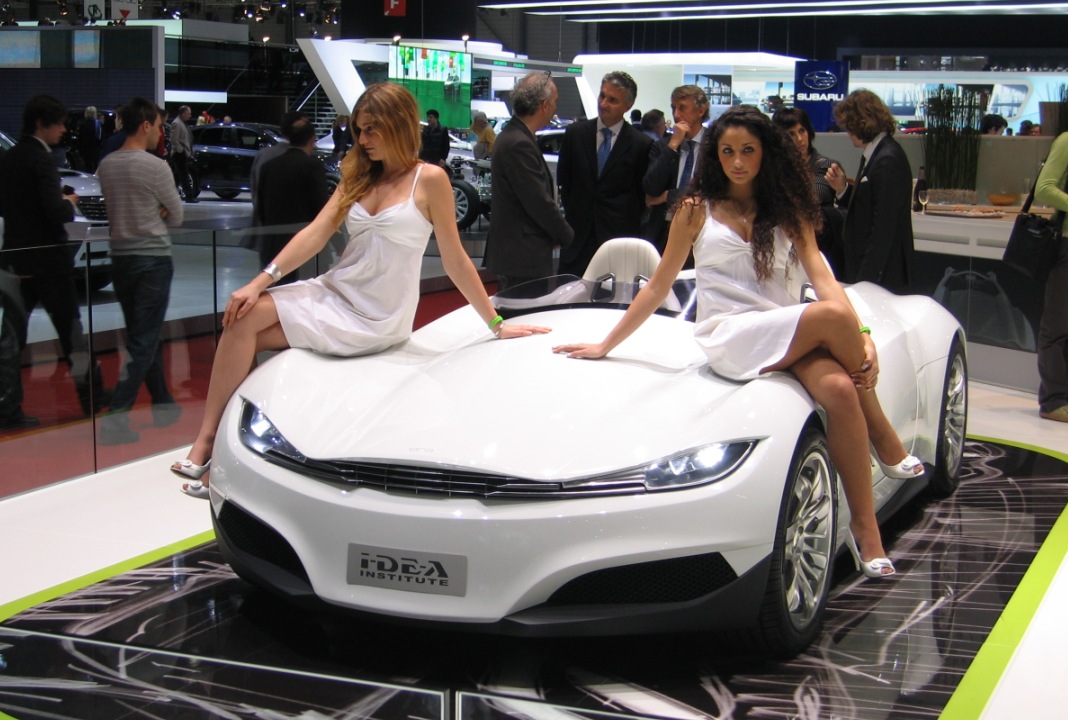
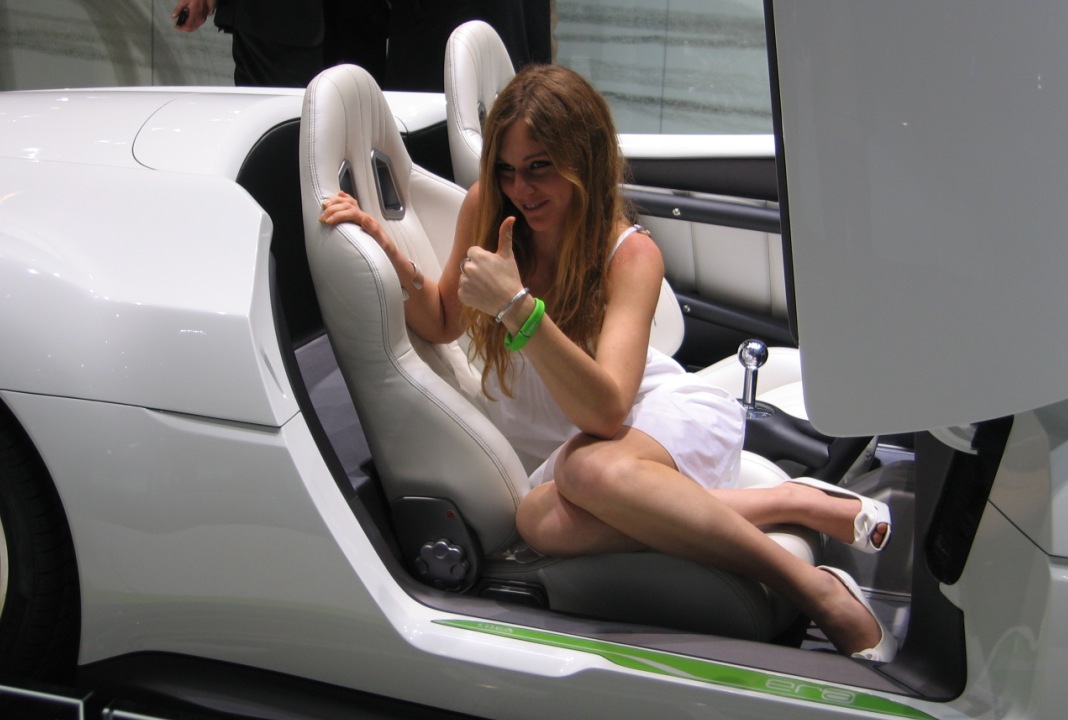

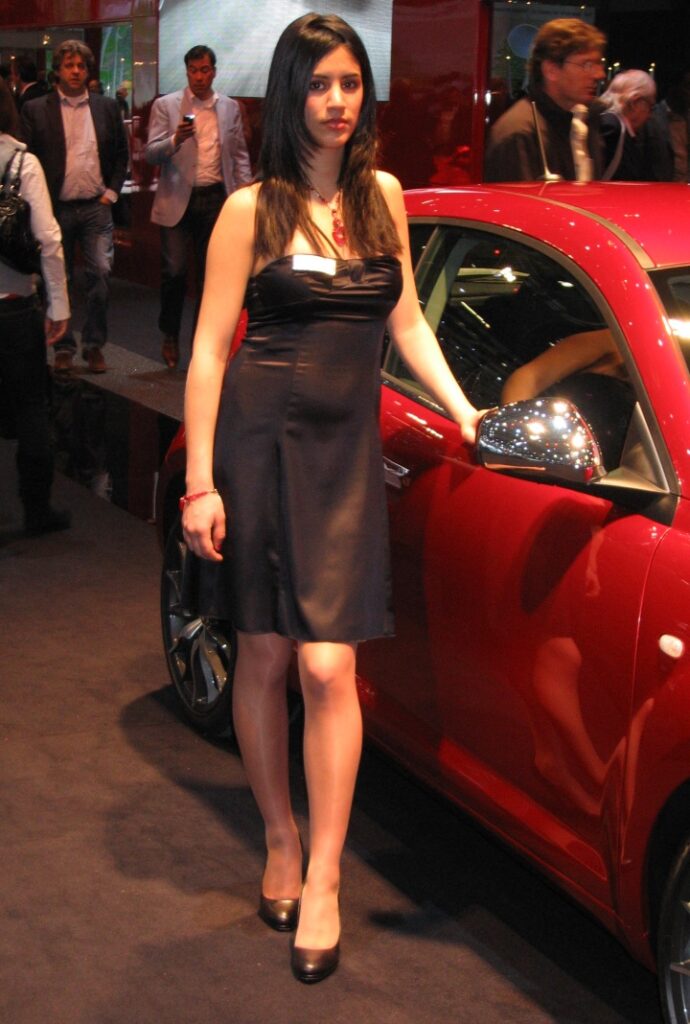
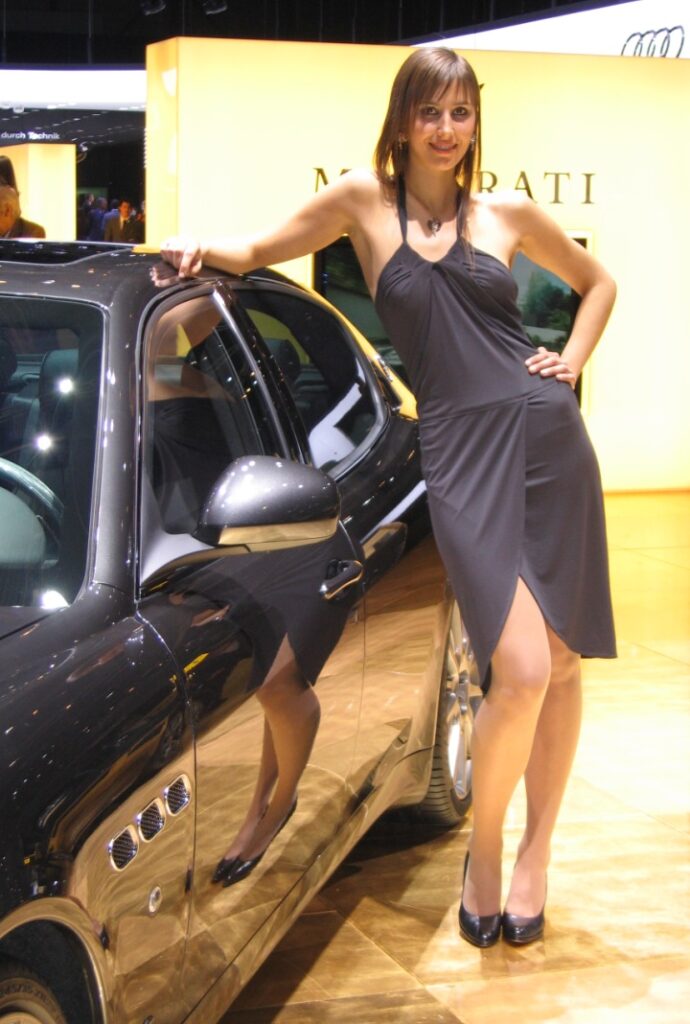




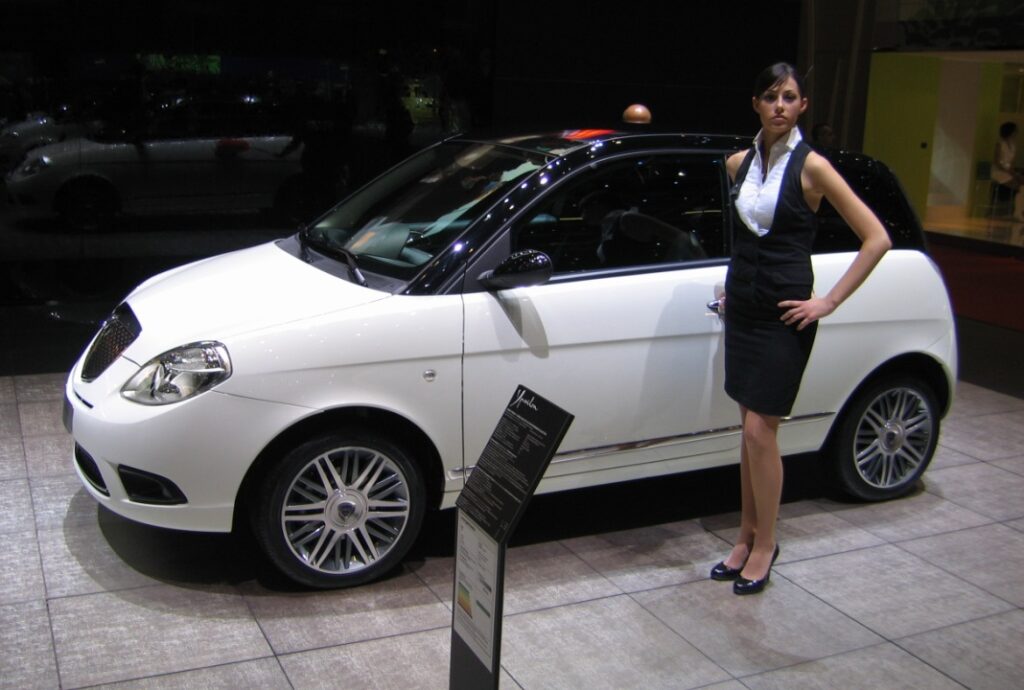

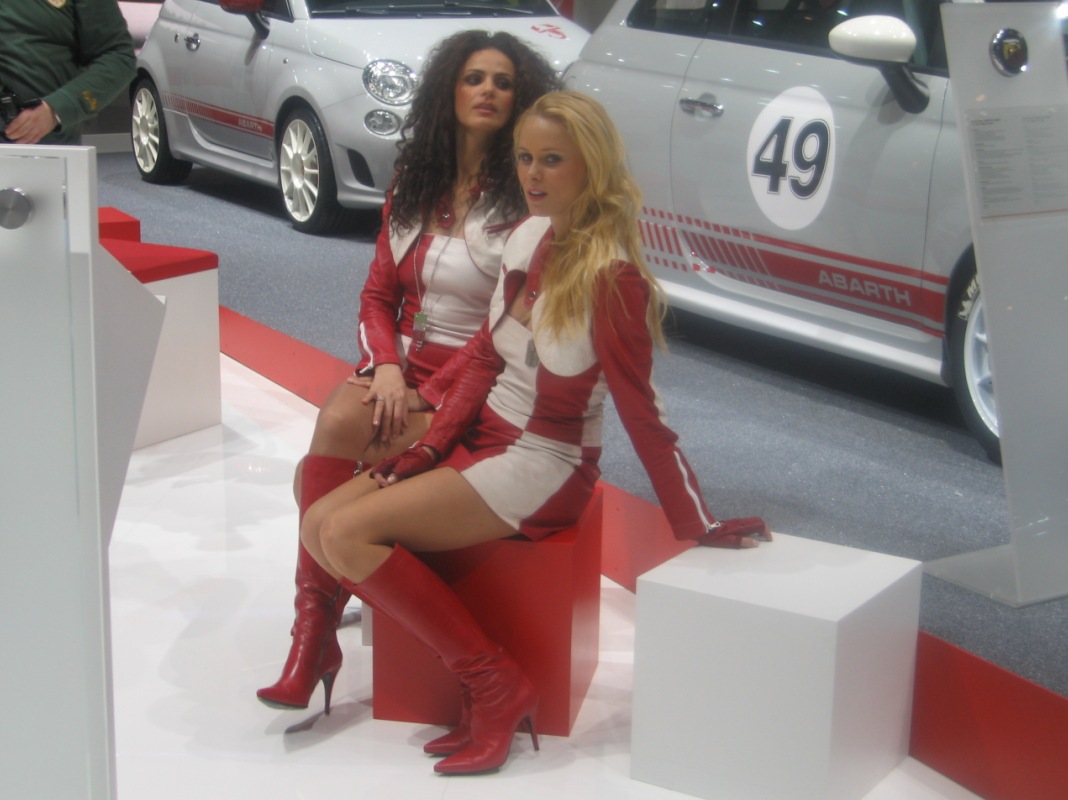
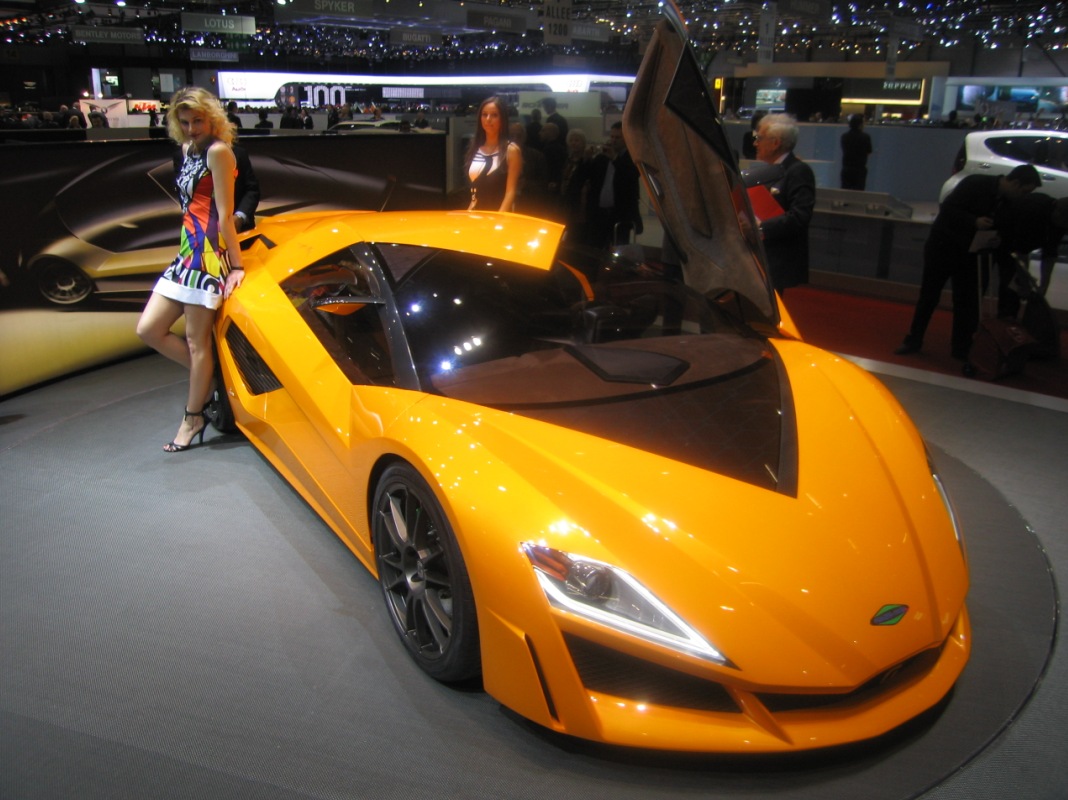
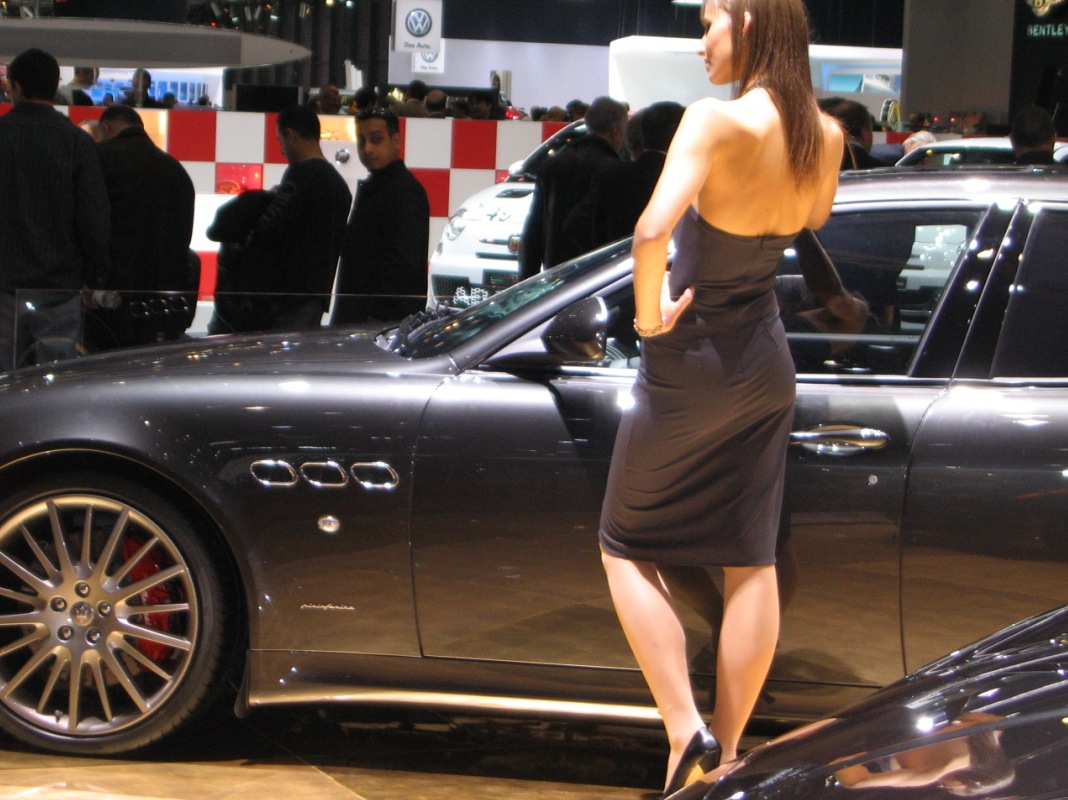

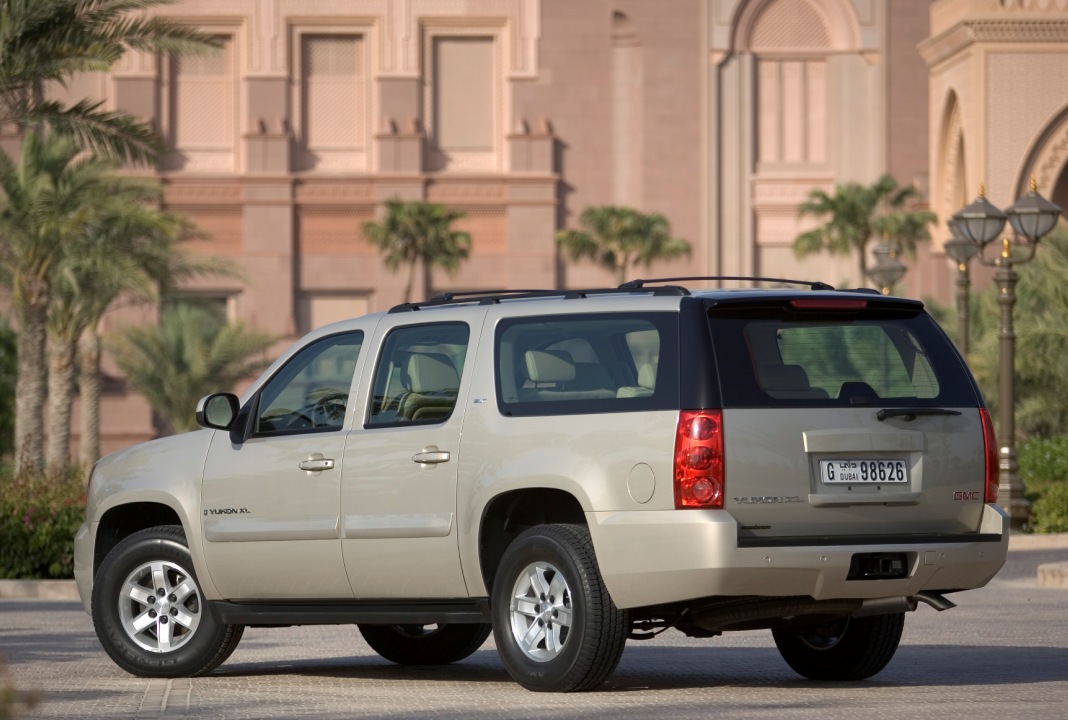



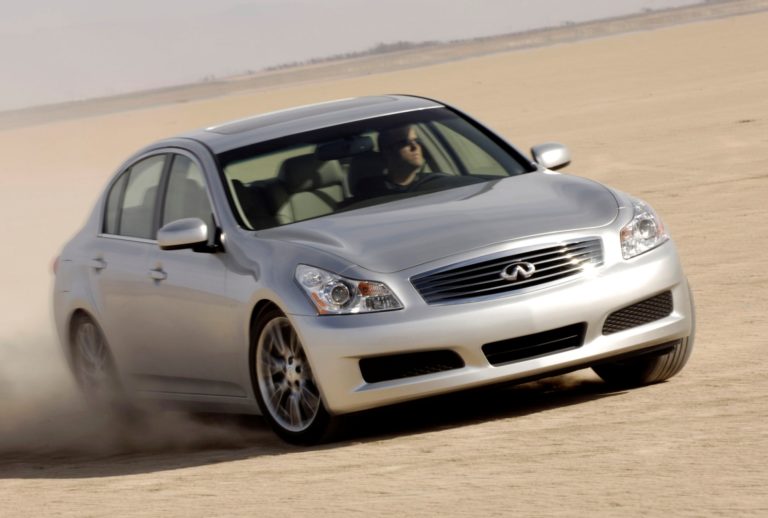
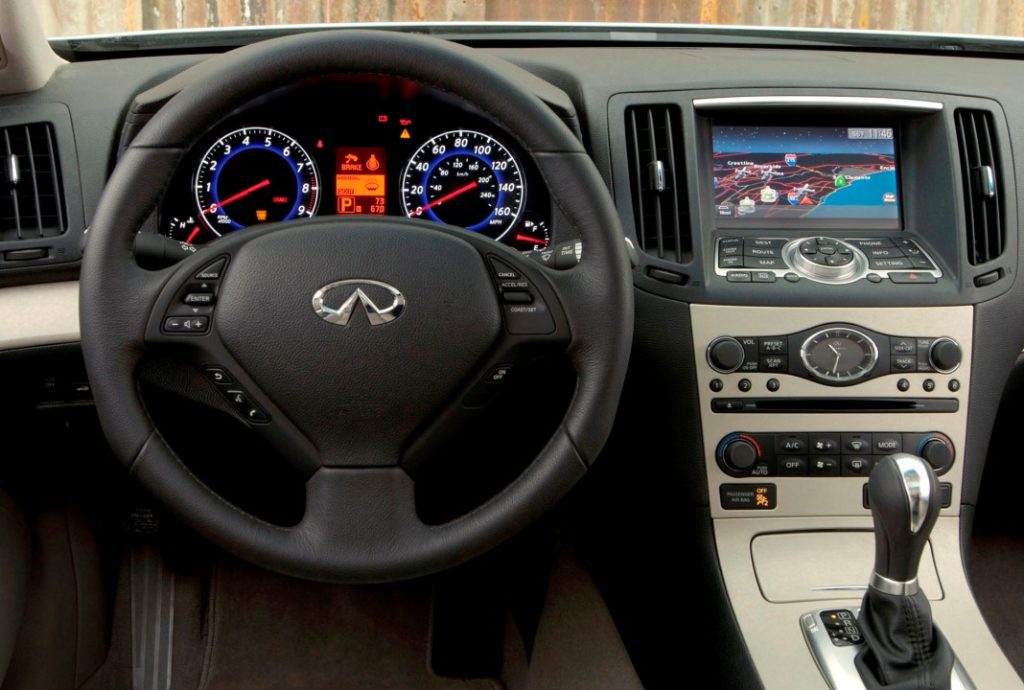
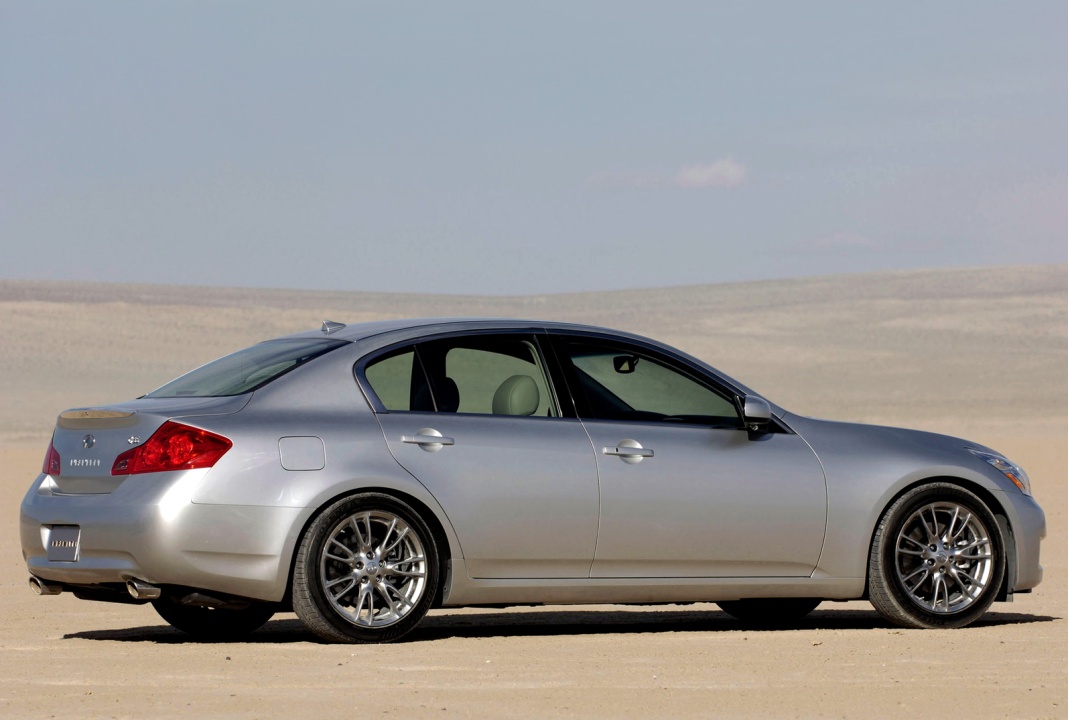
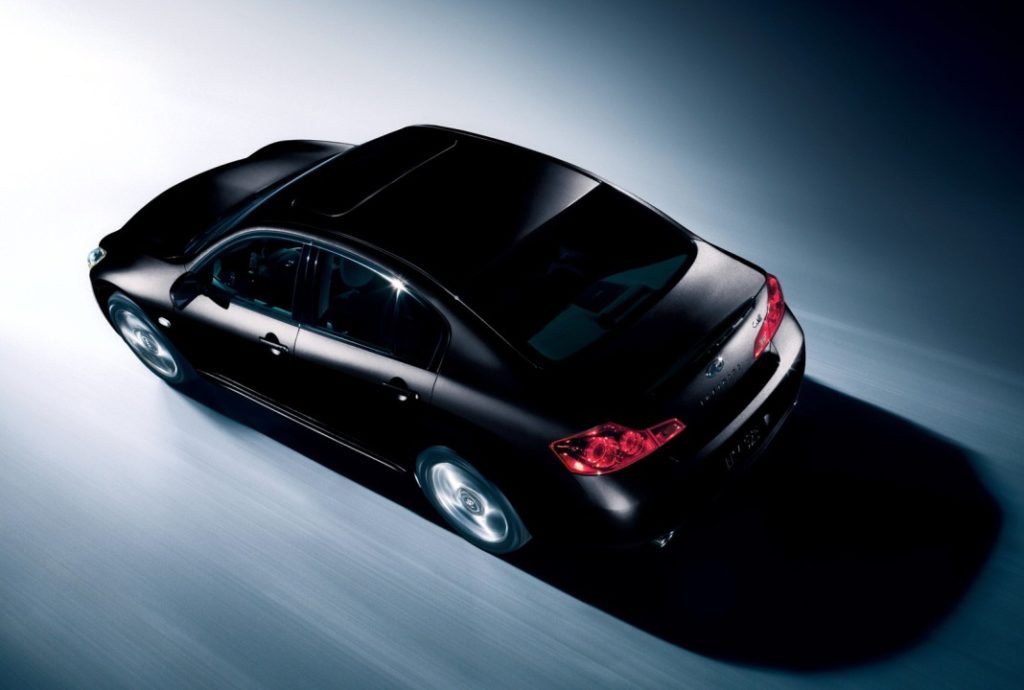

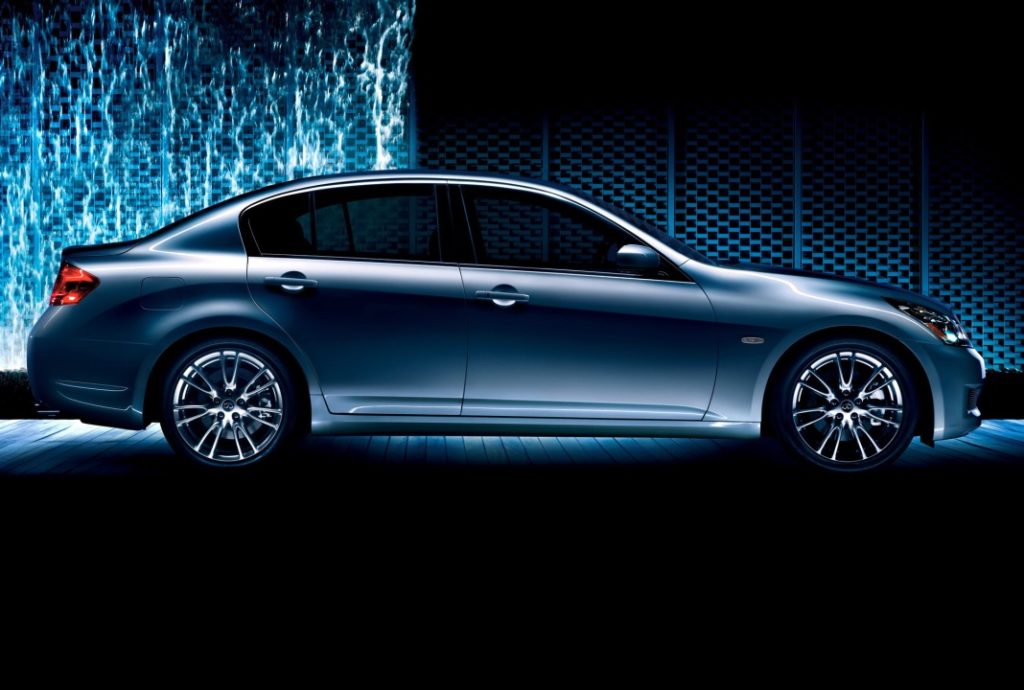

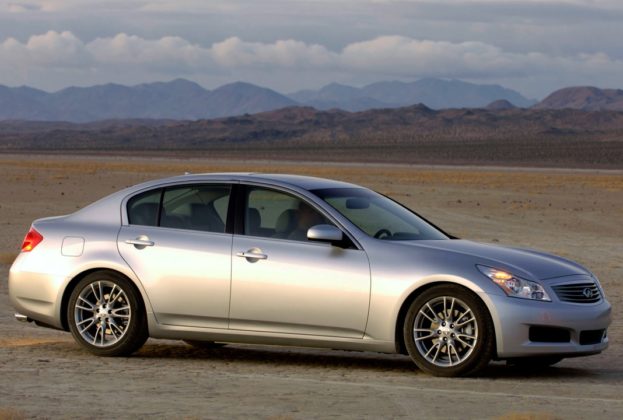
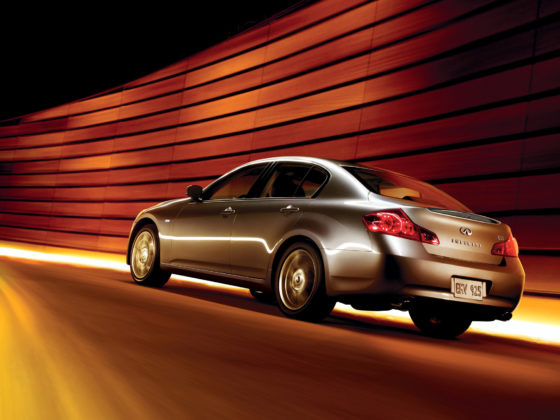
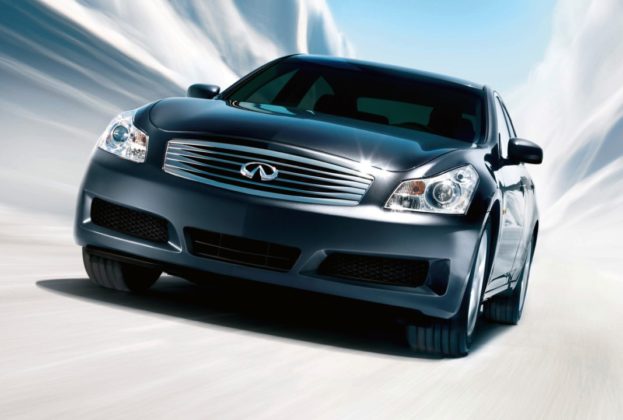
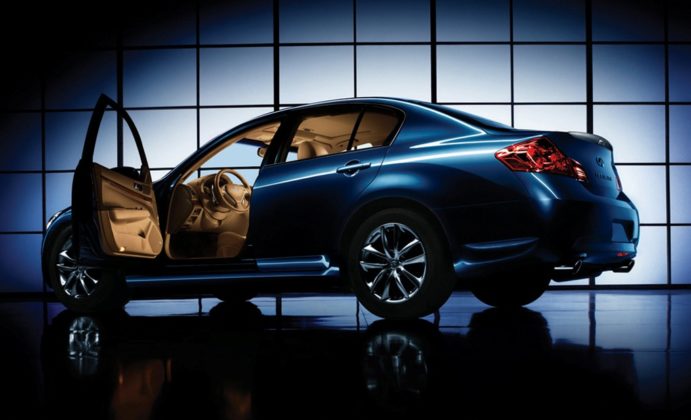

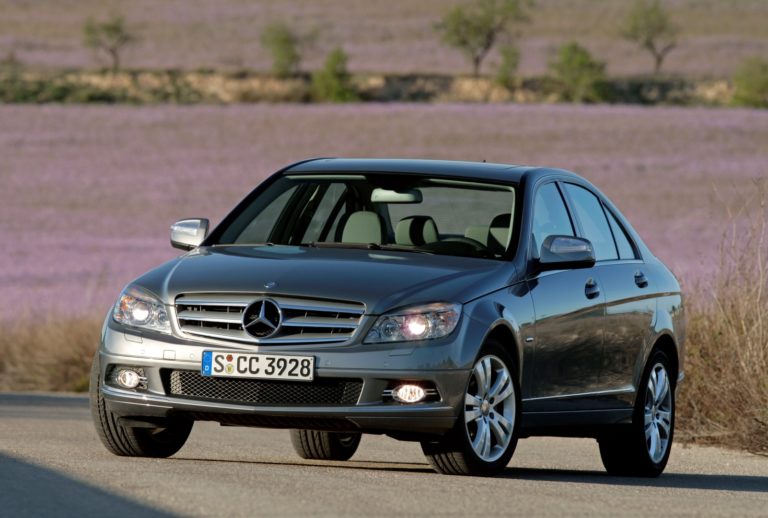
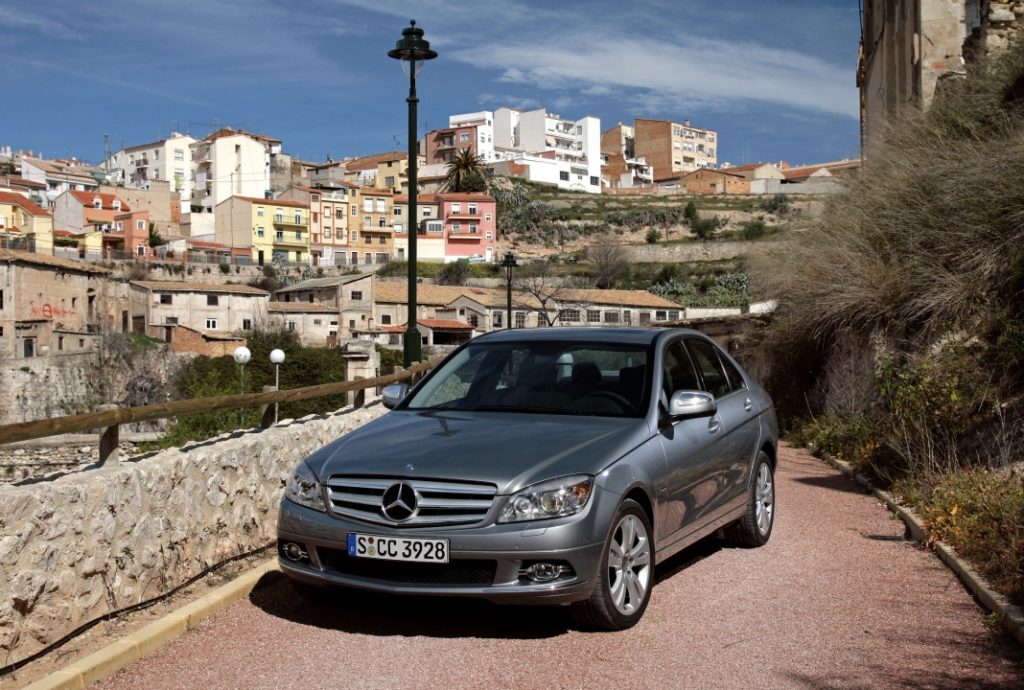


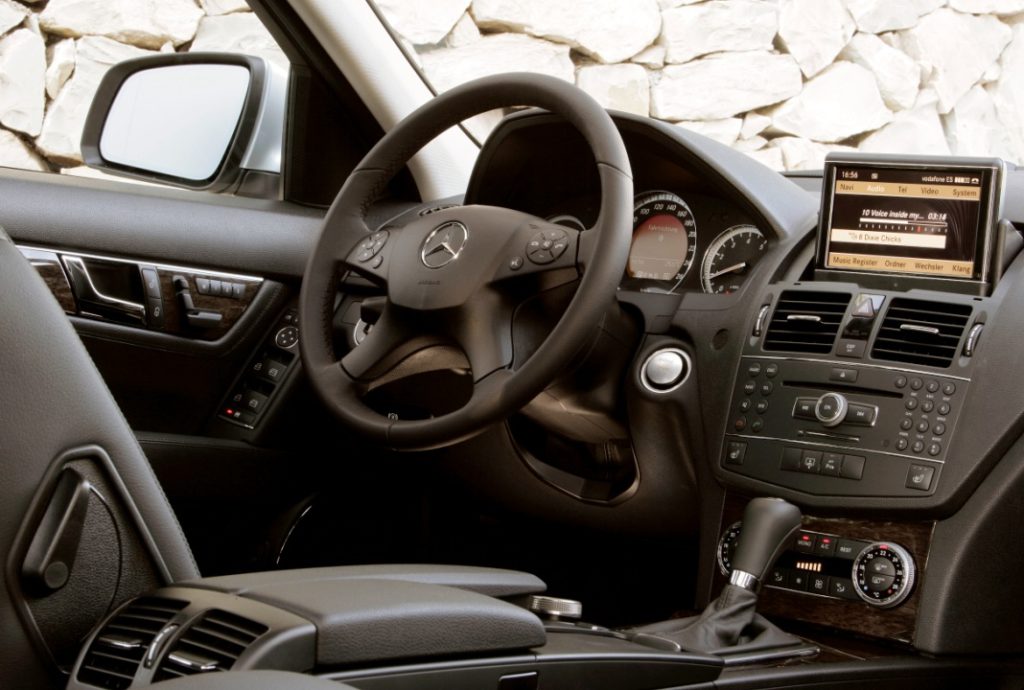
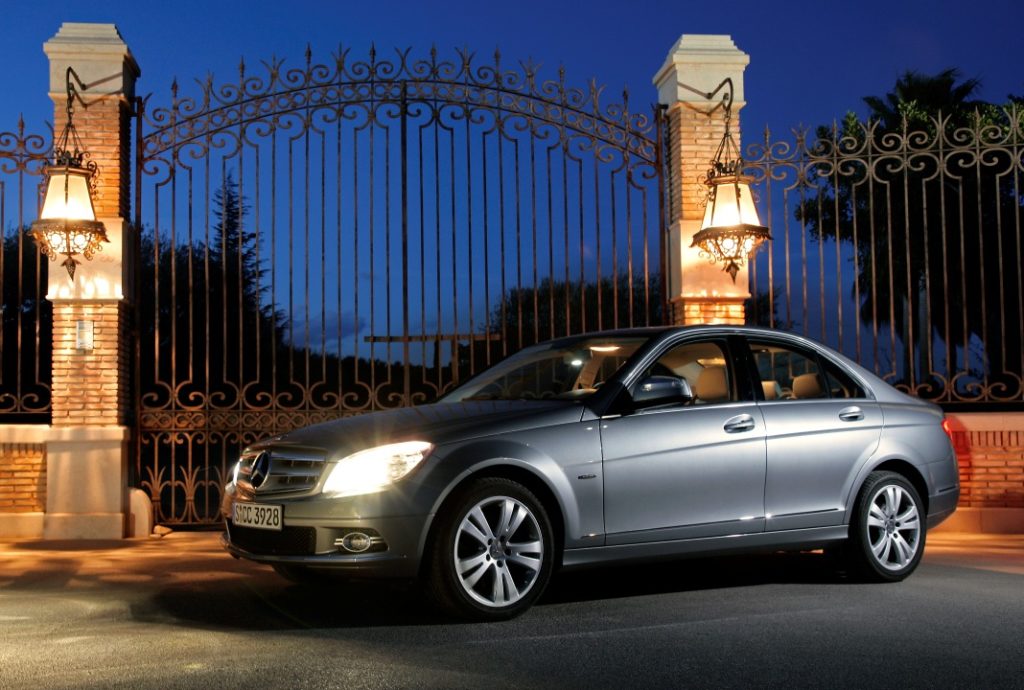
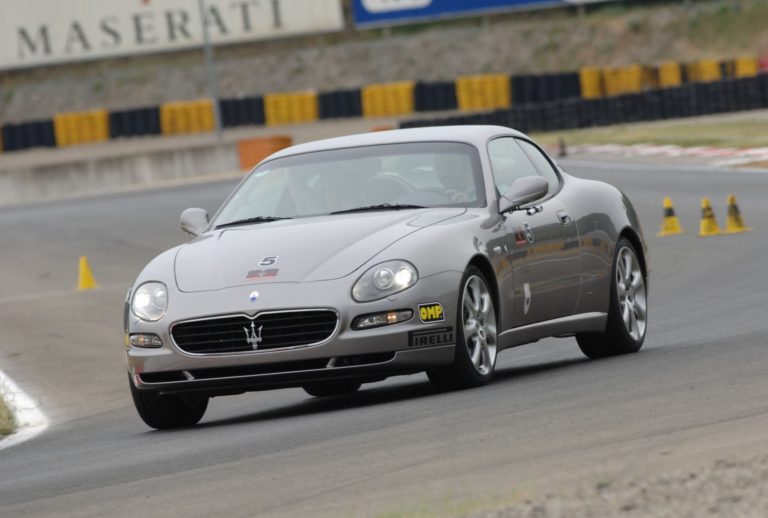
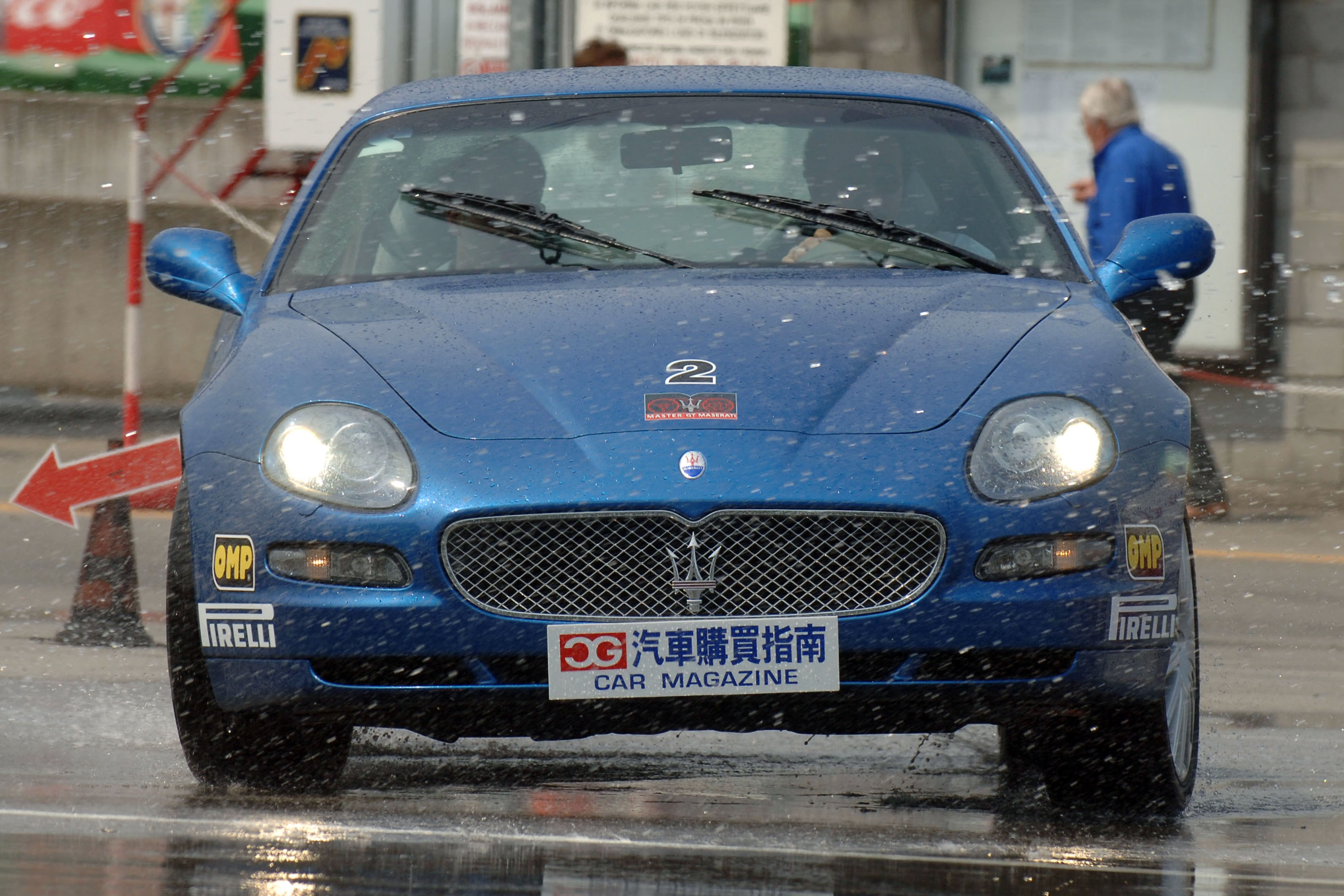

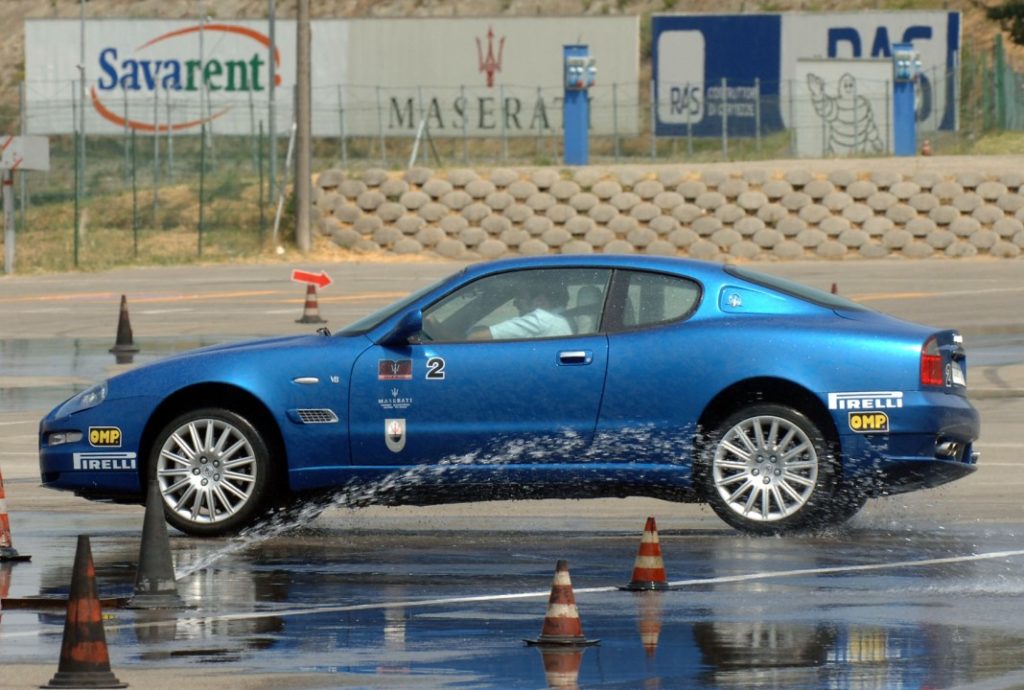
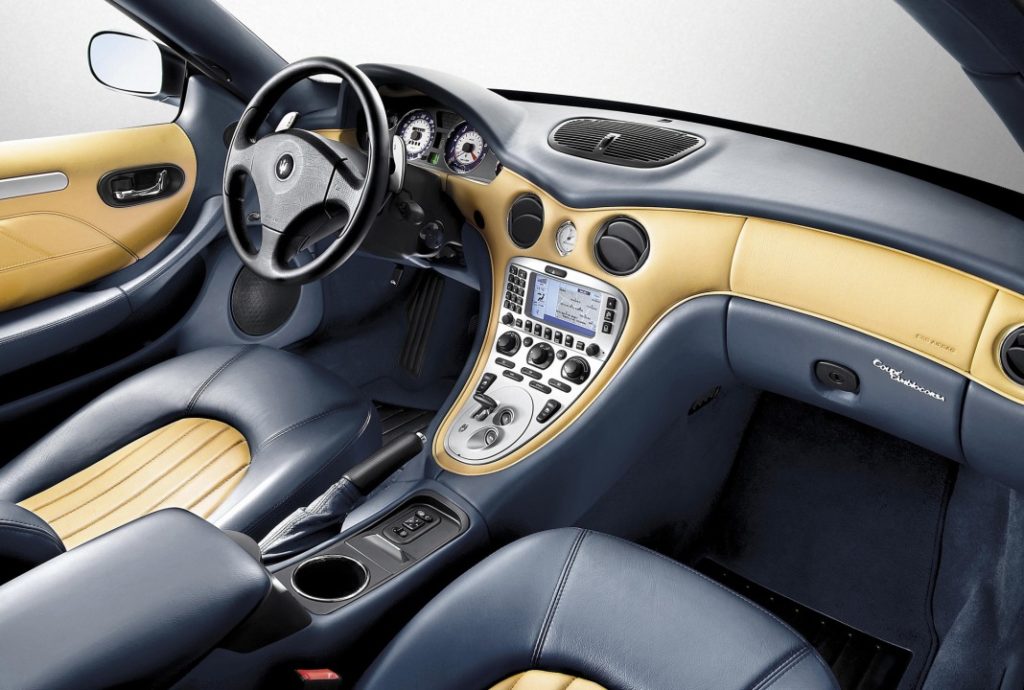
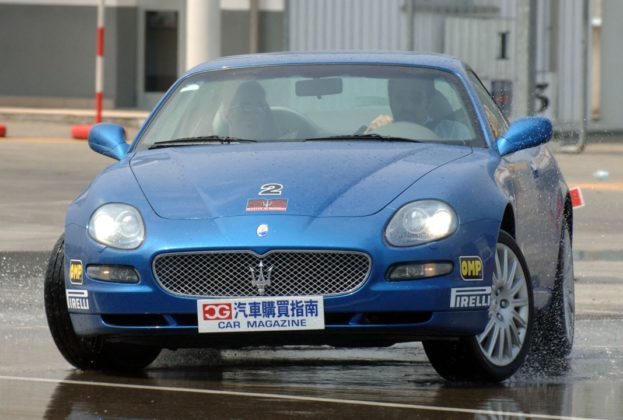
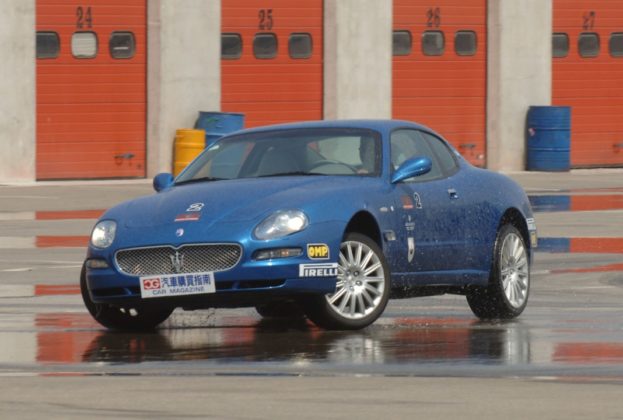

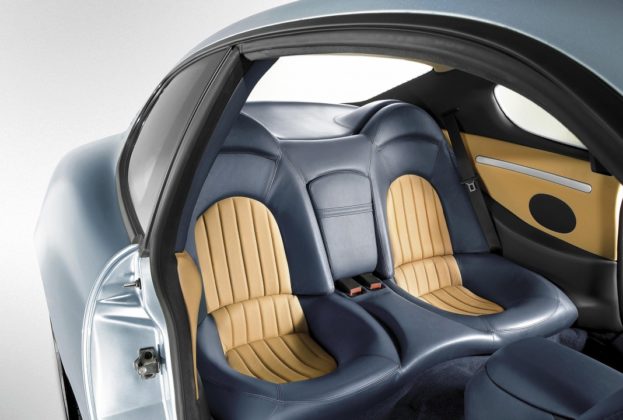
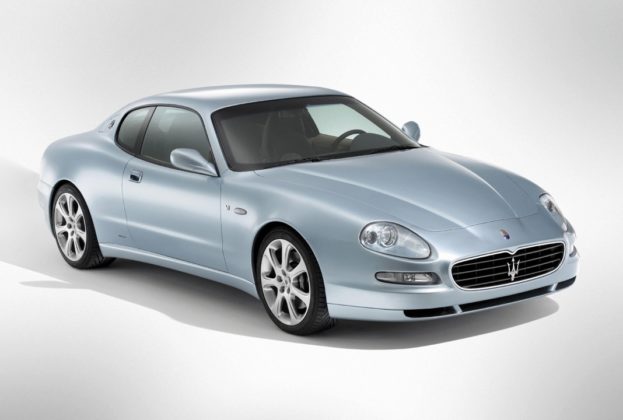
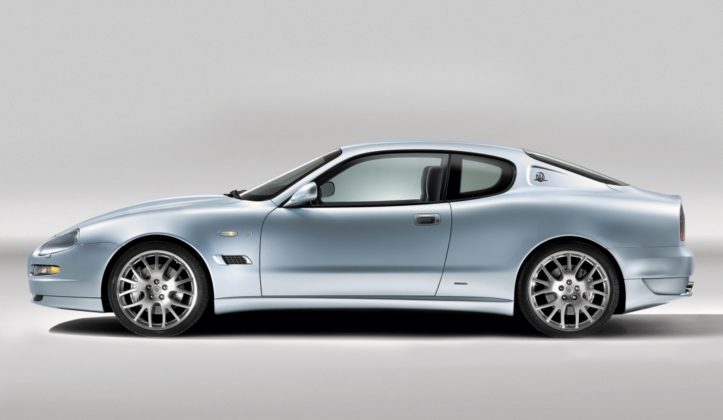

























Recent Comments